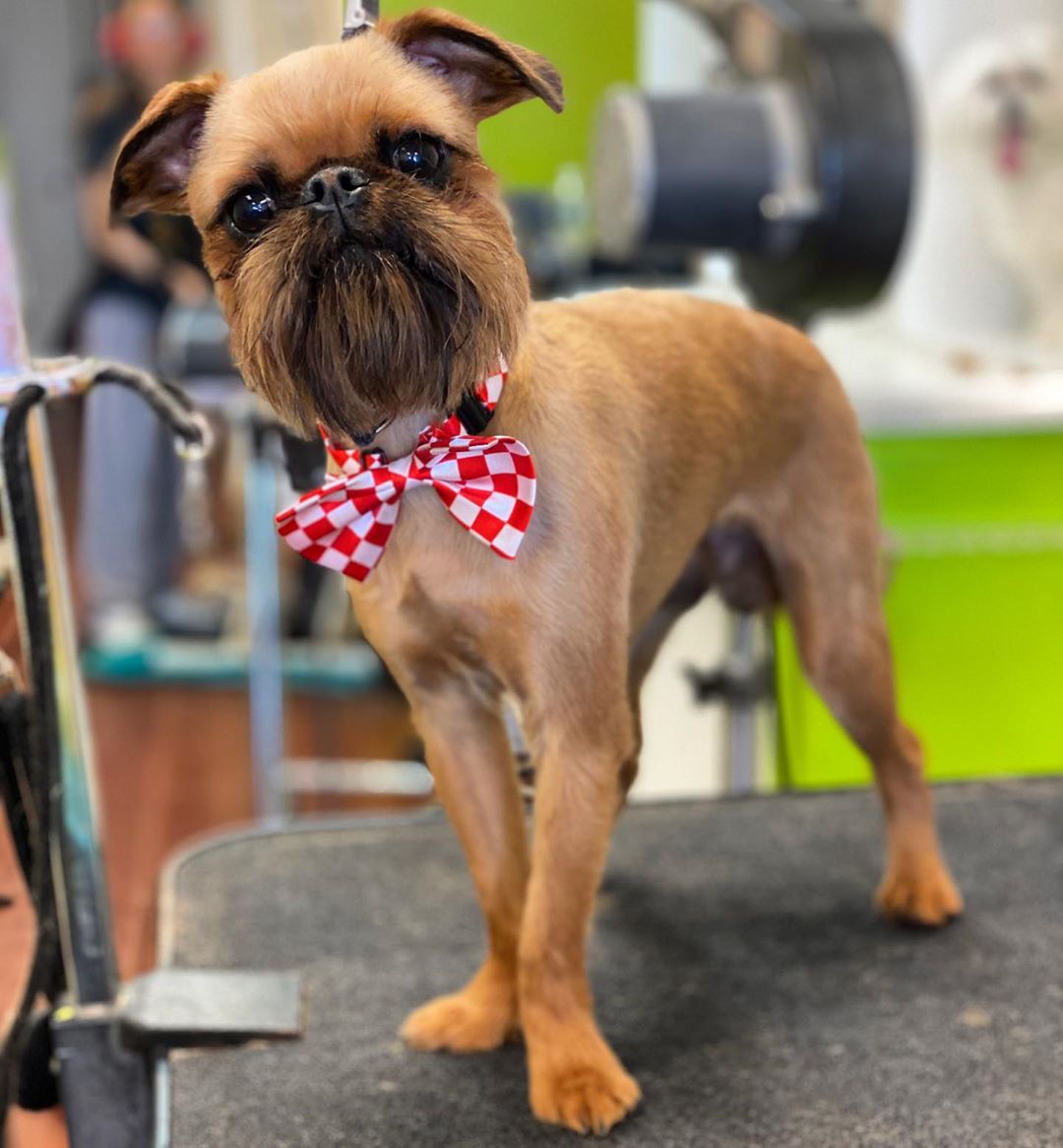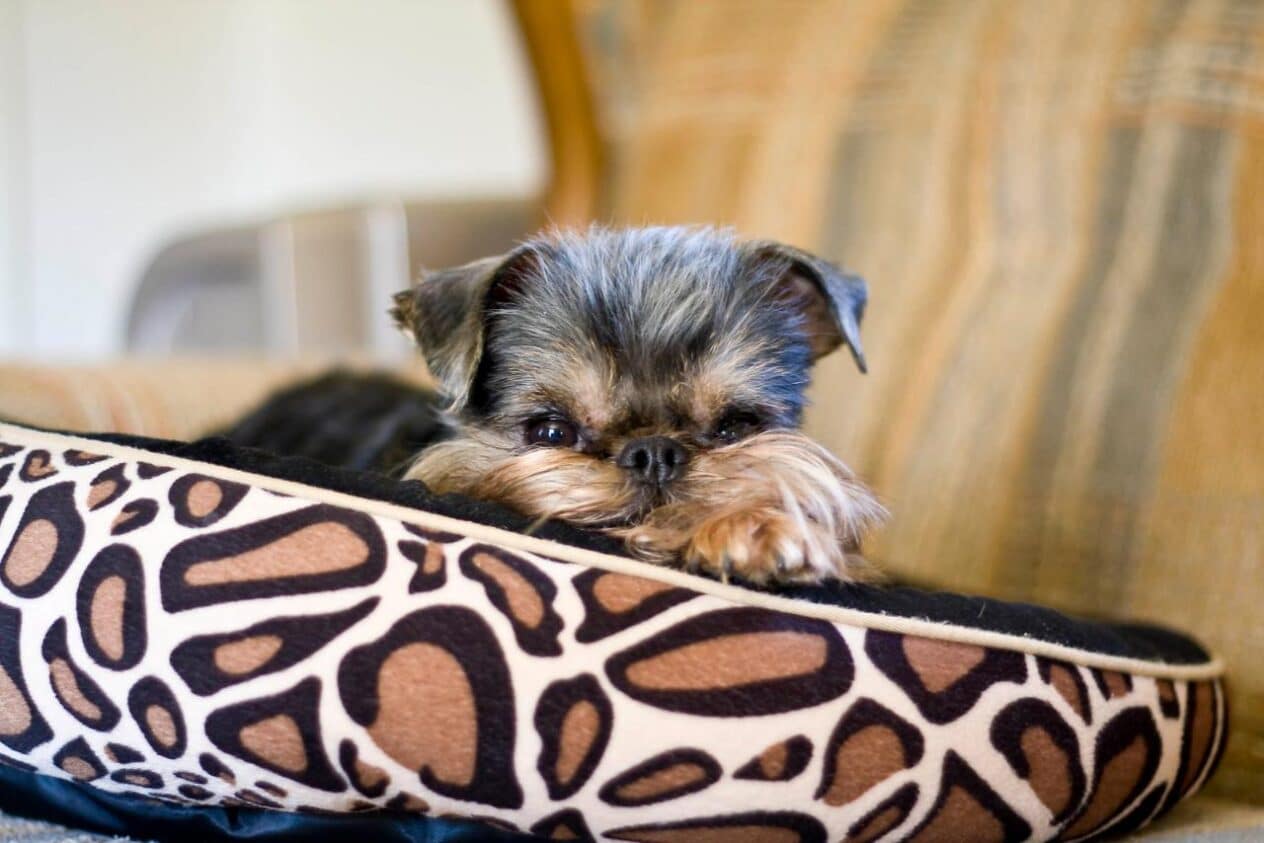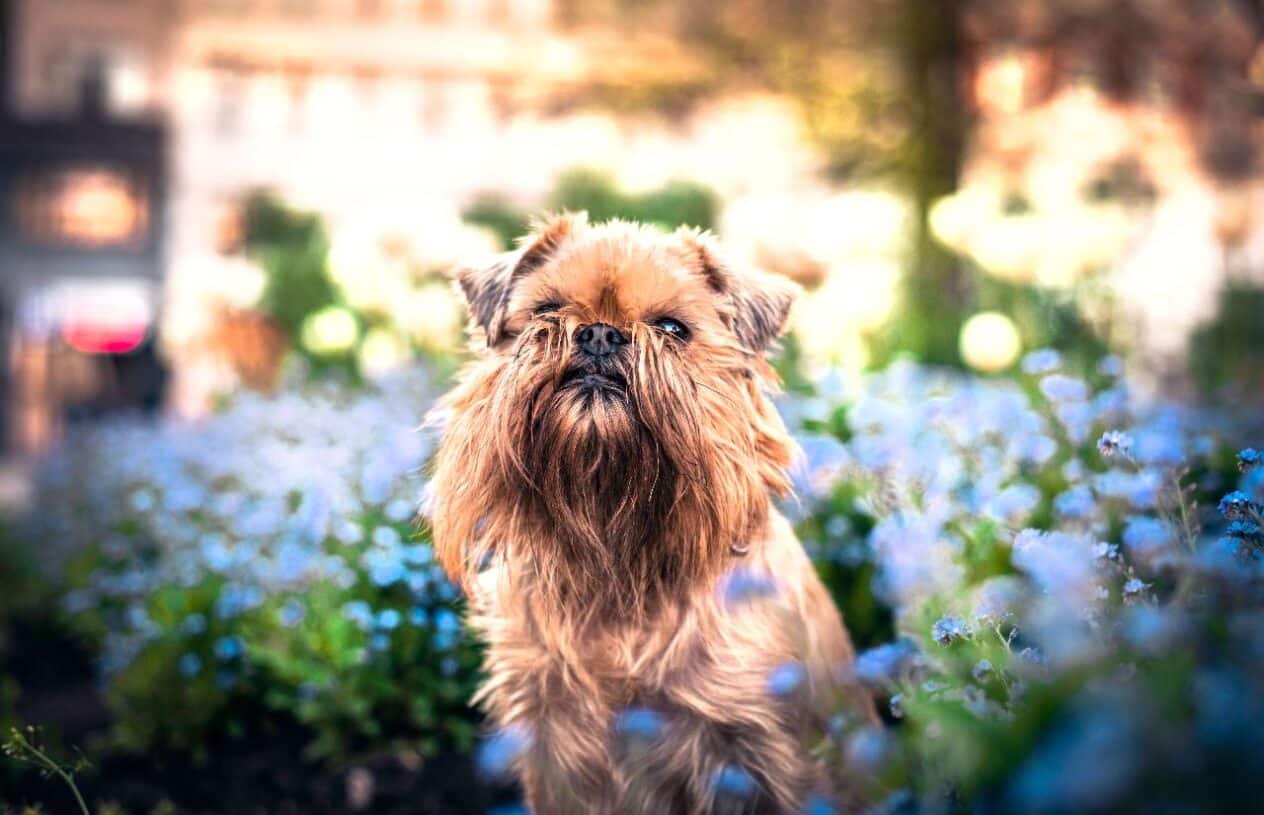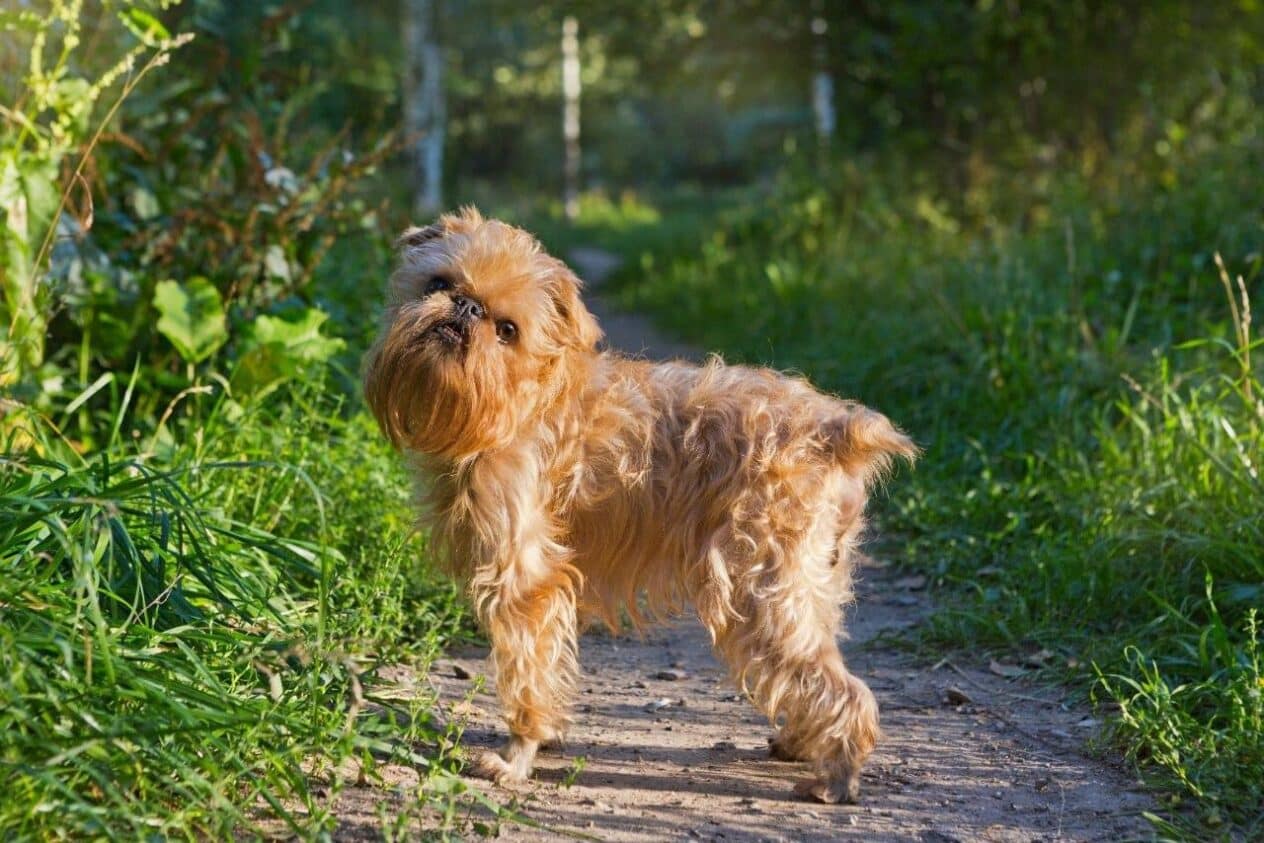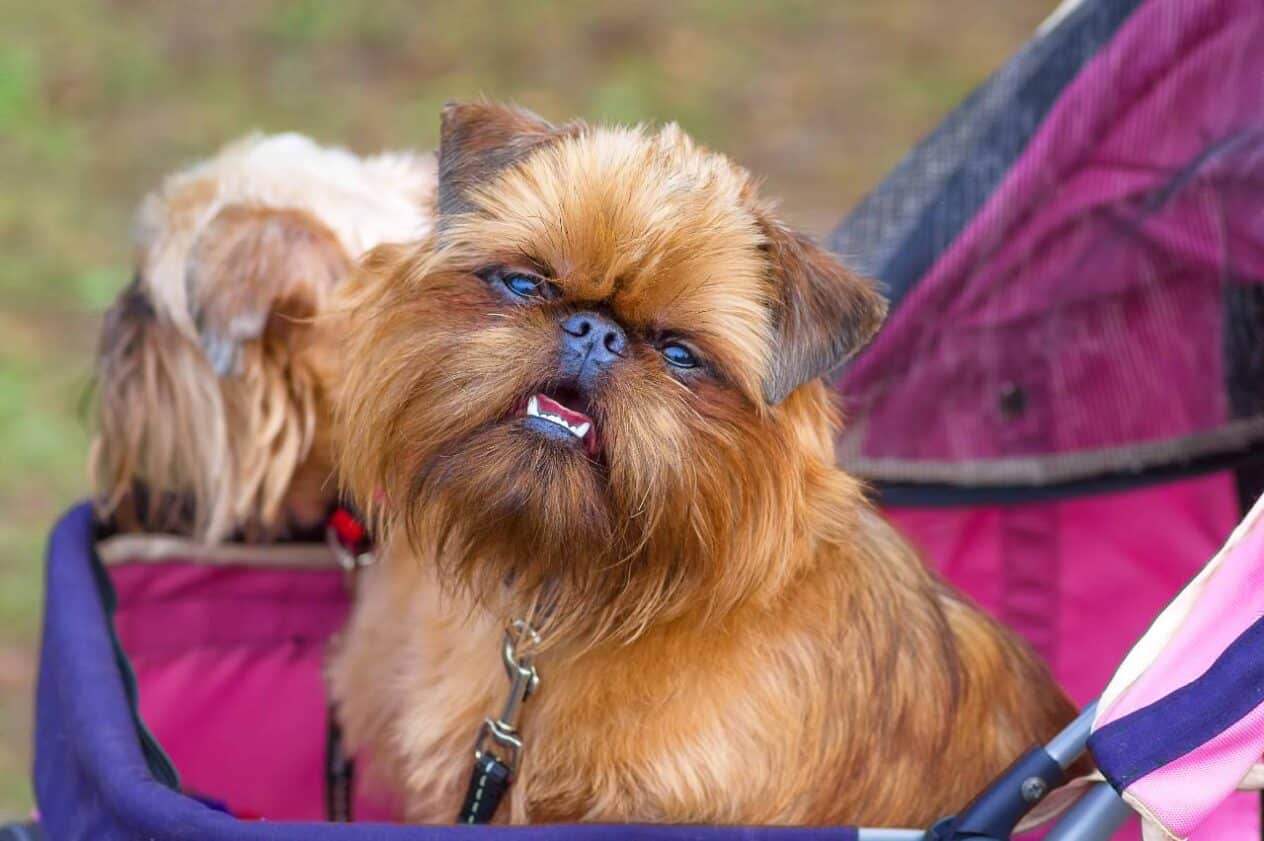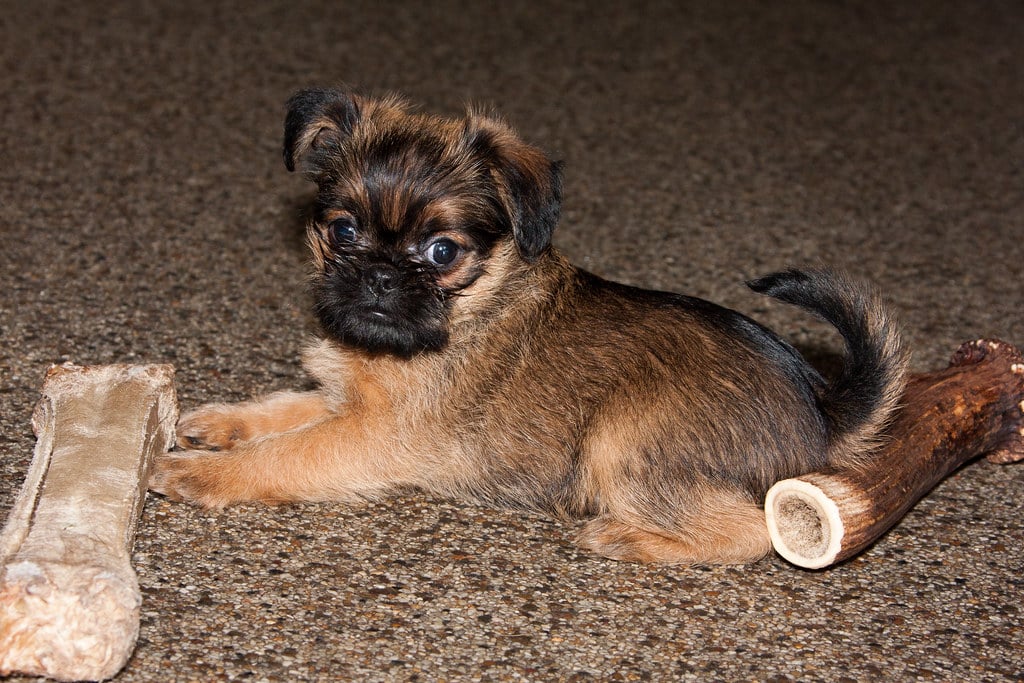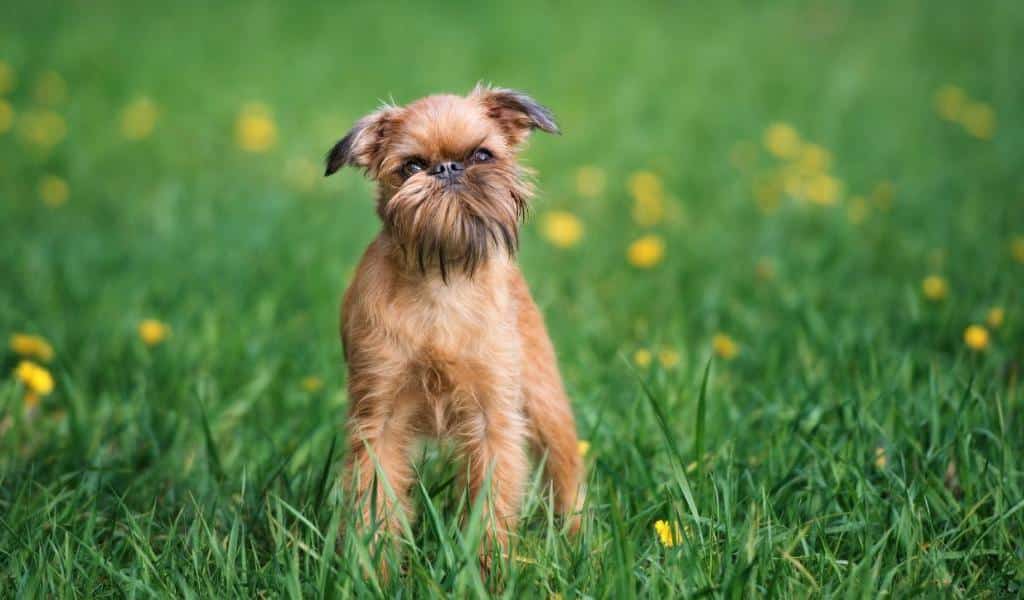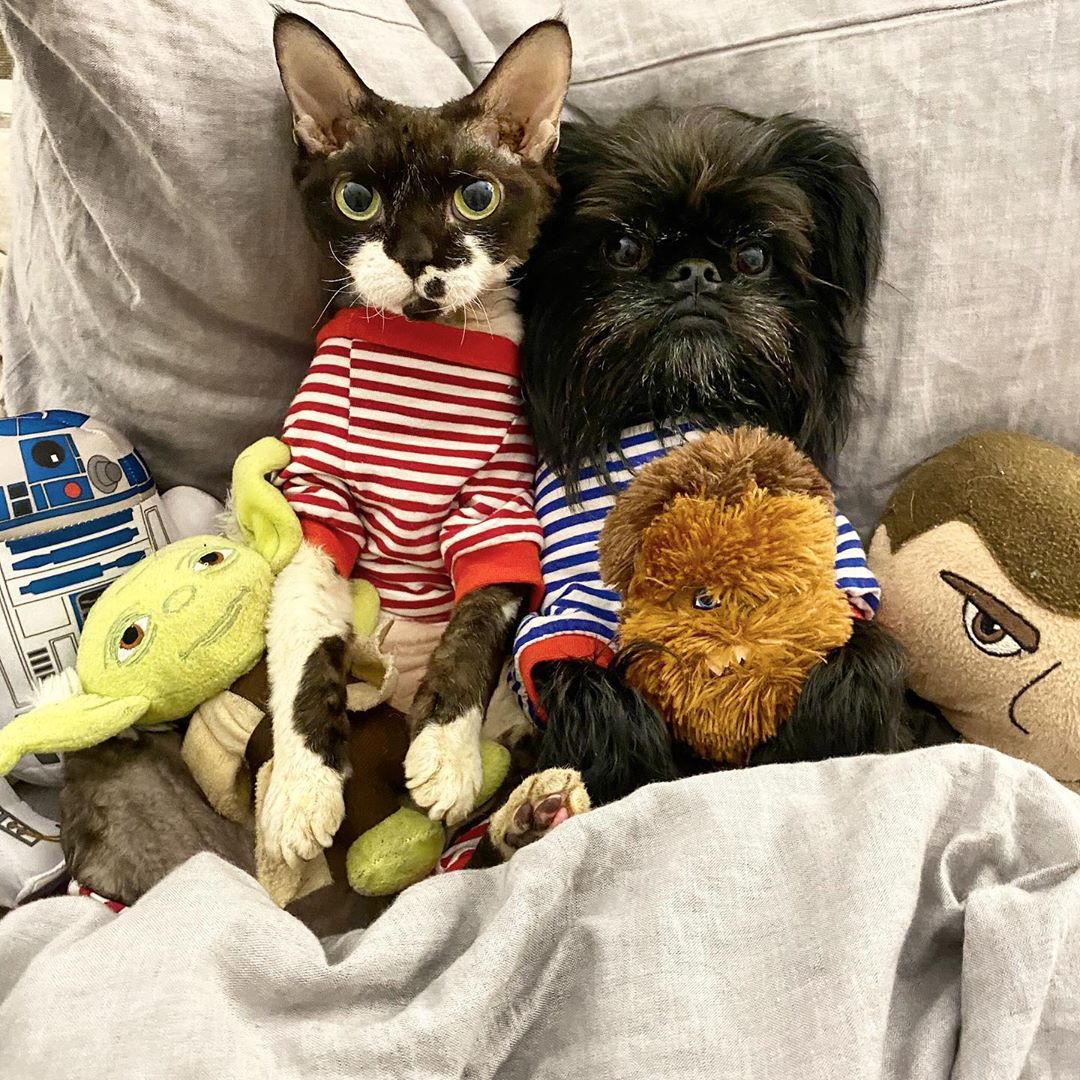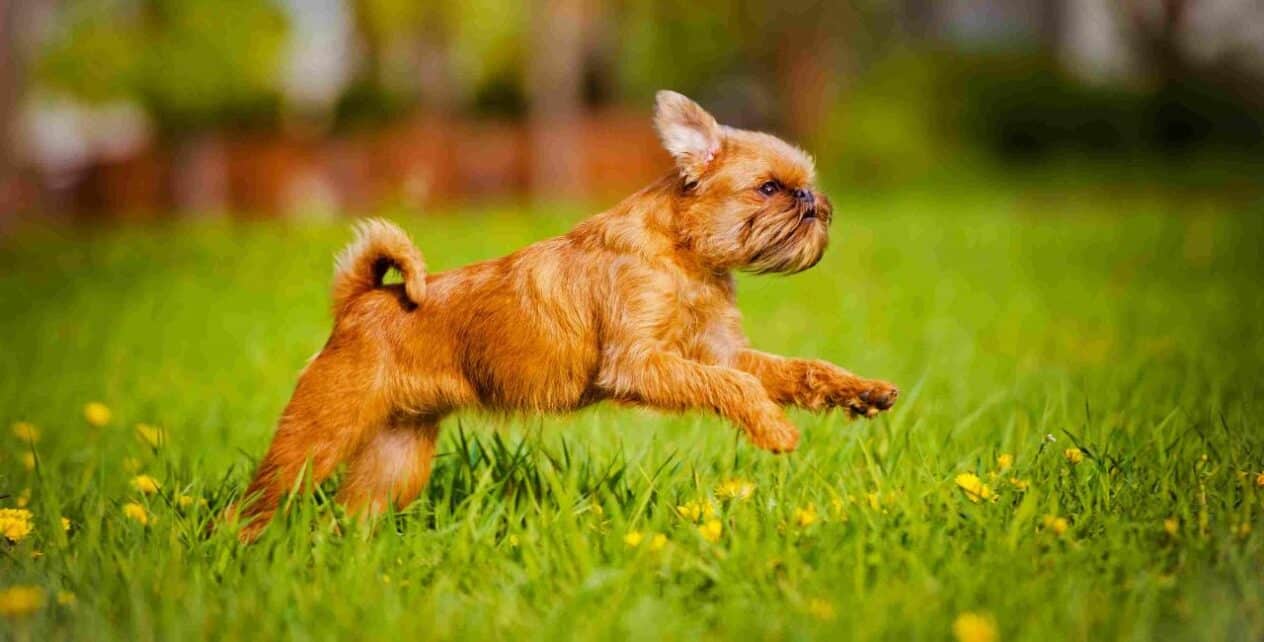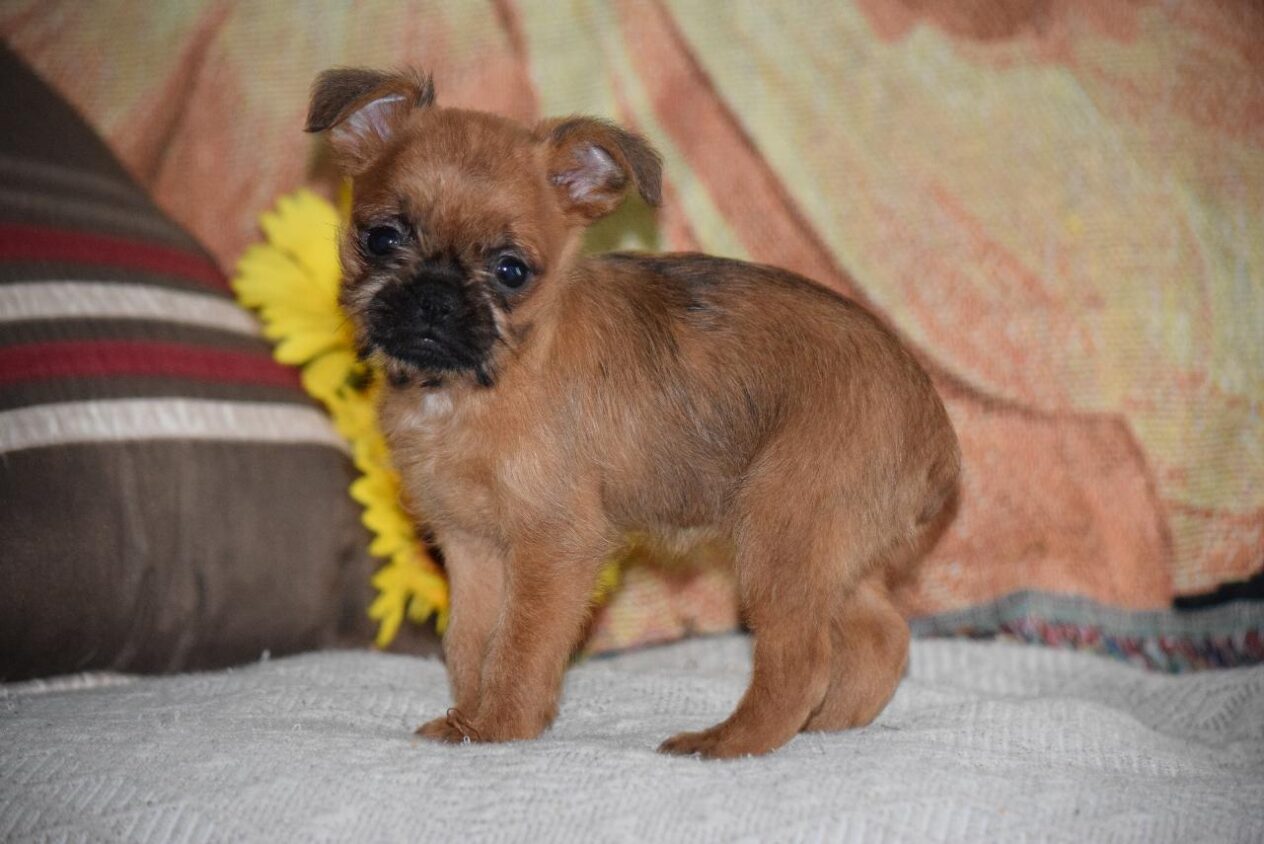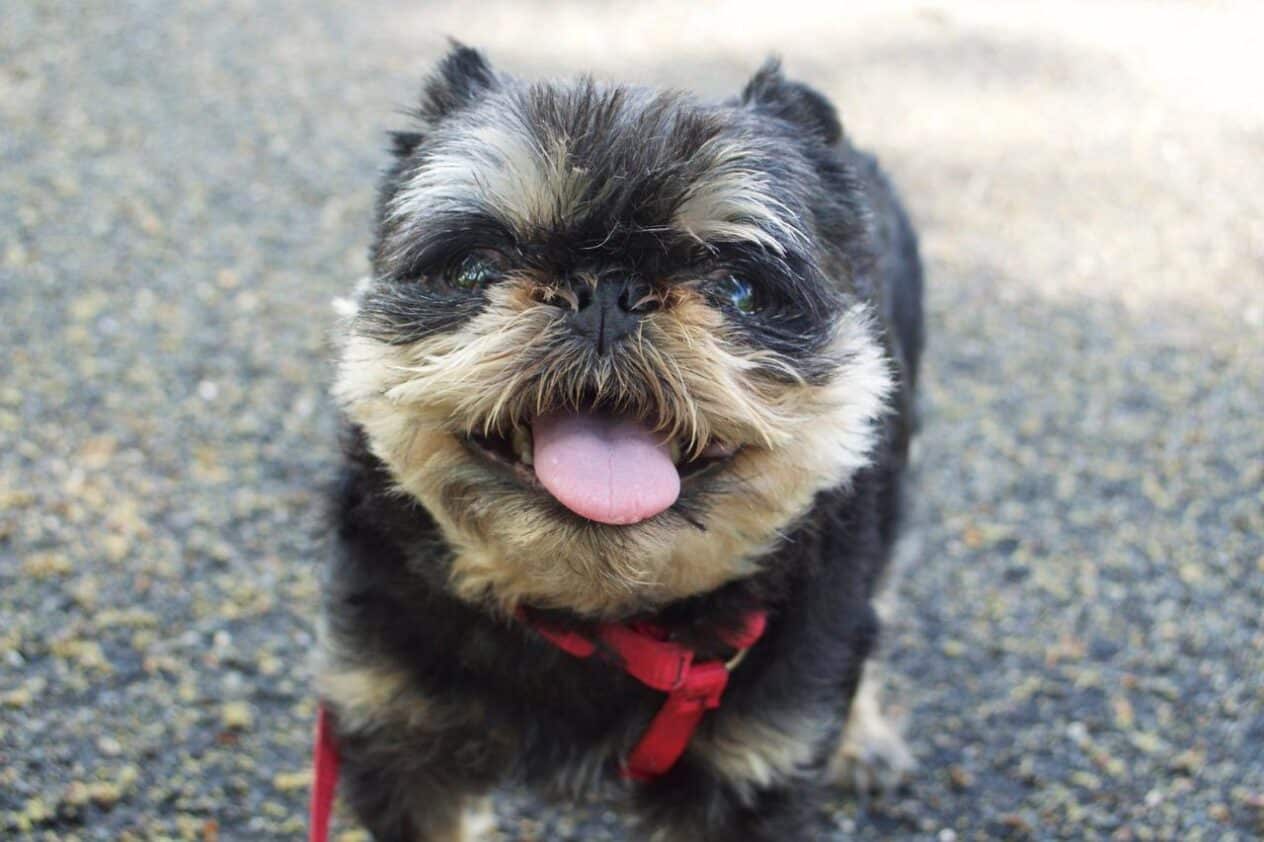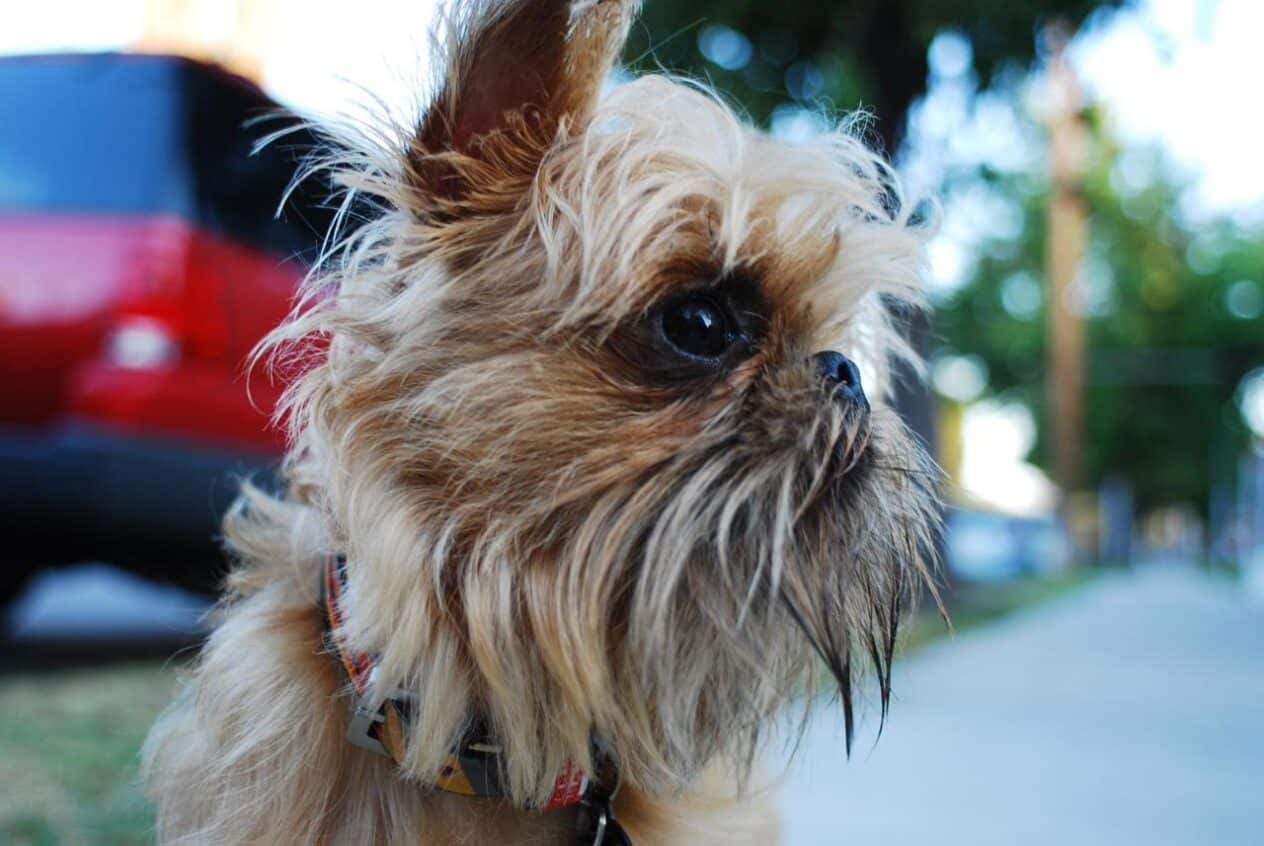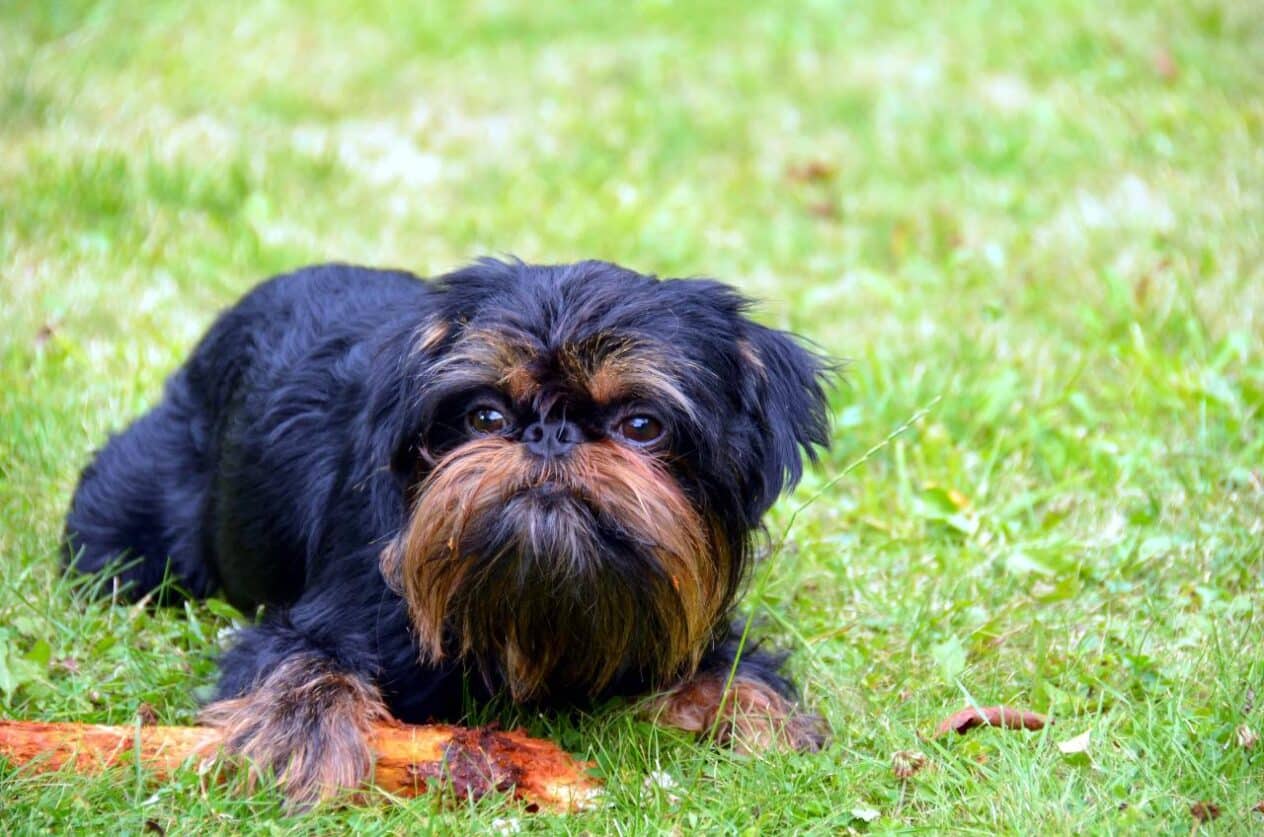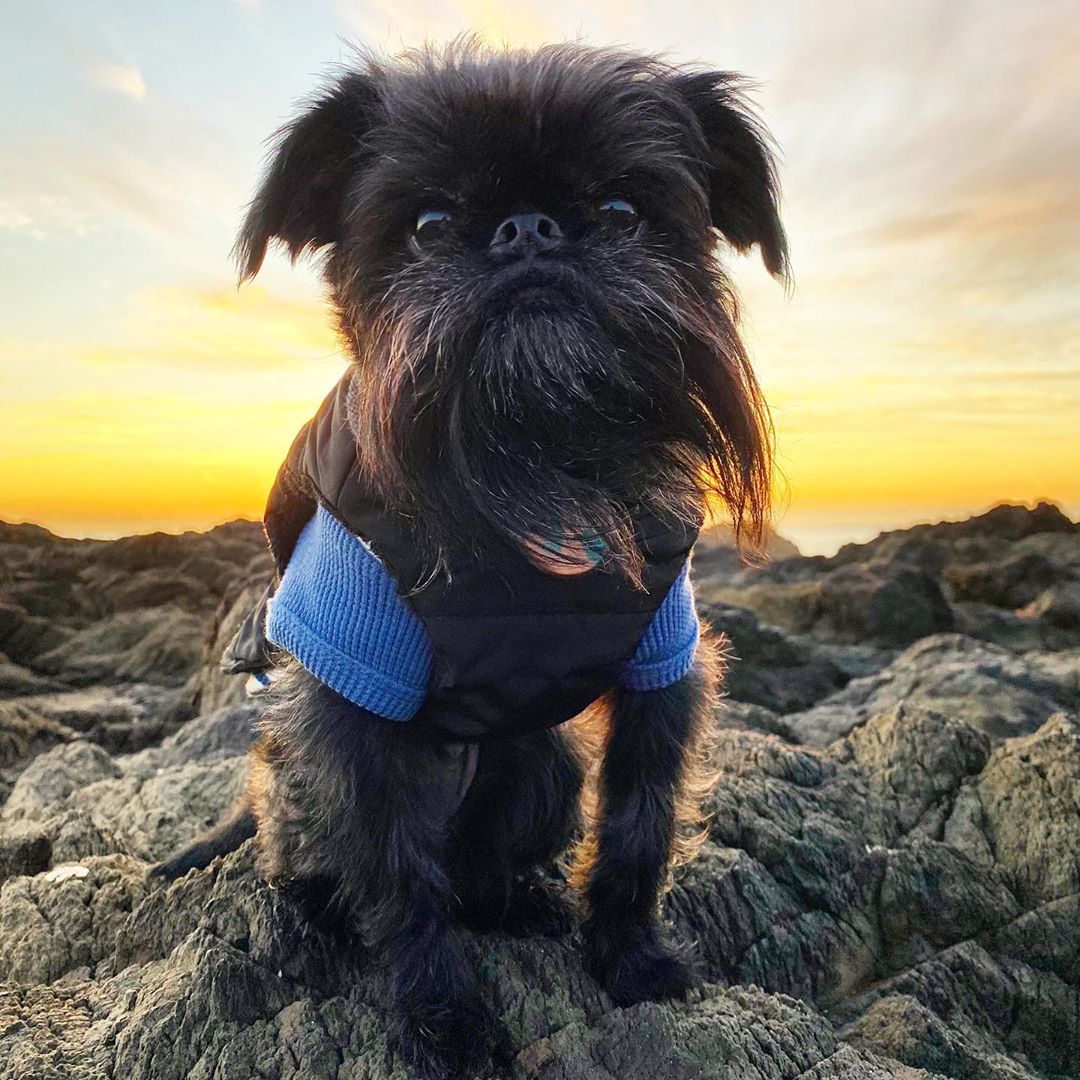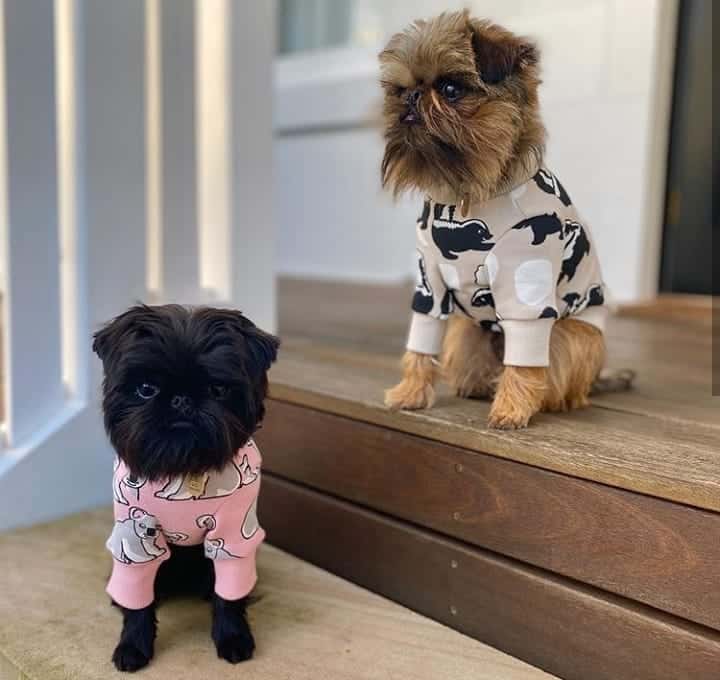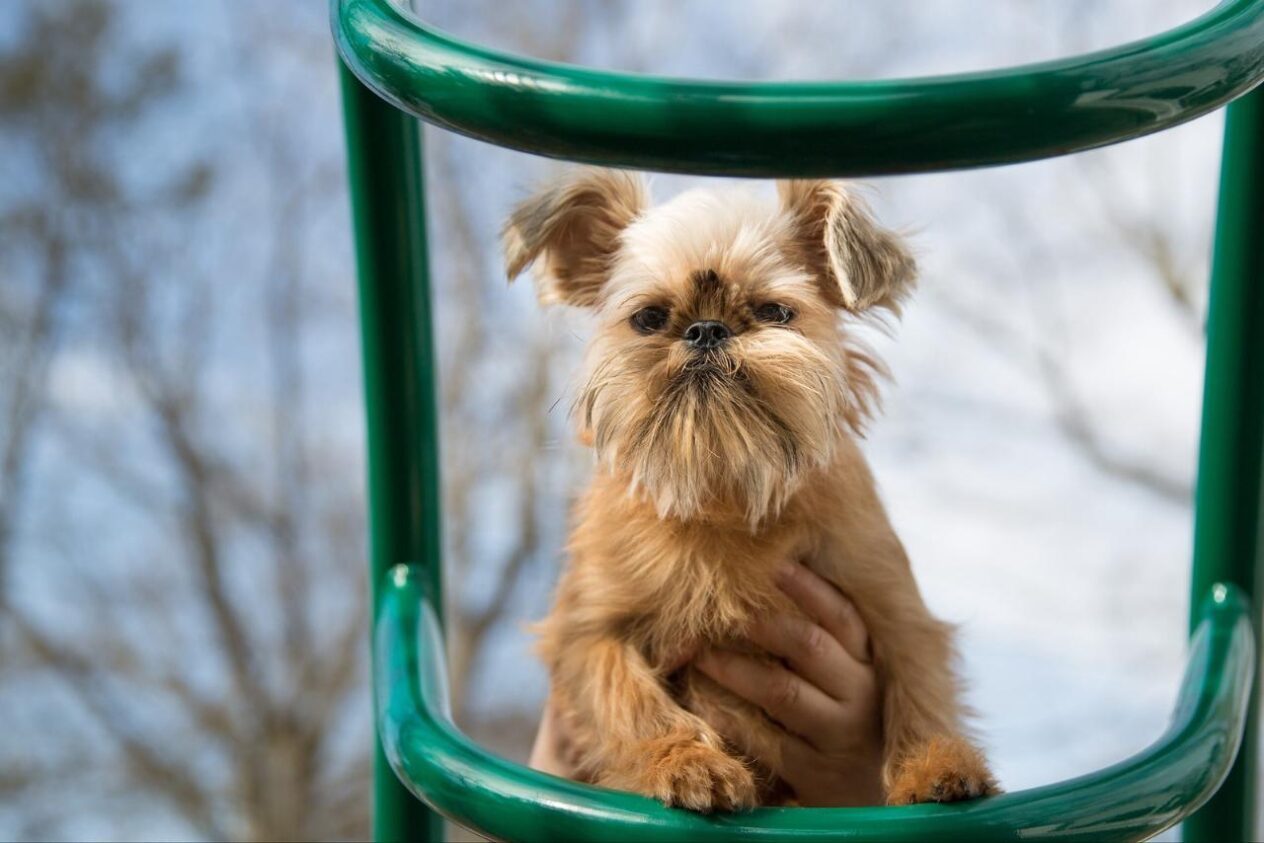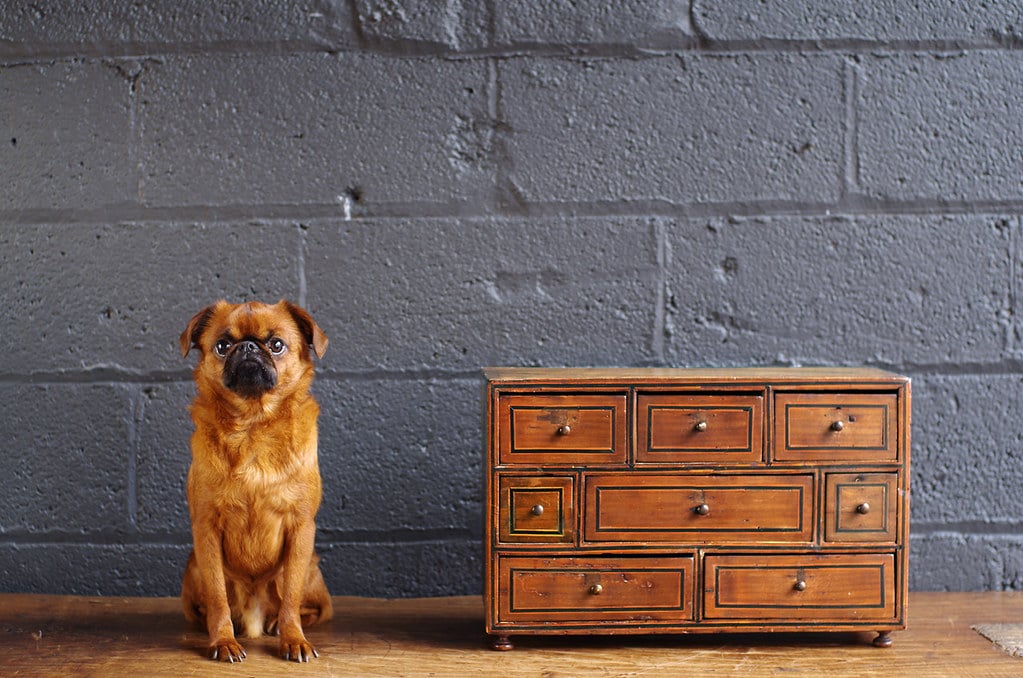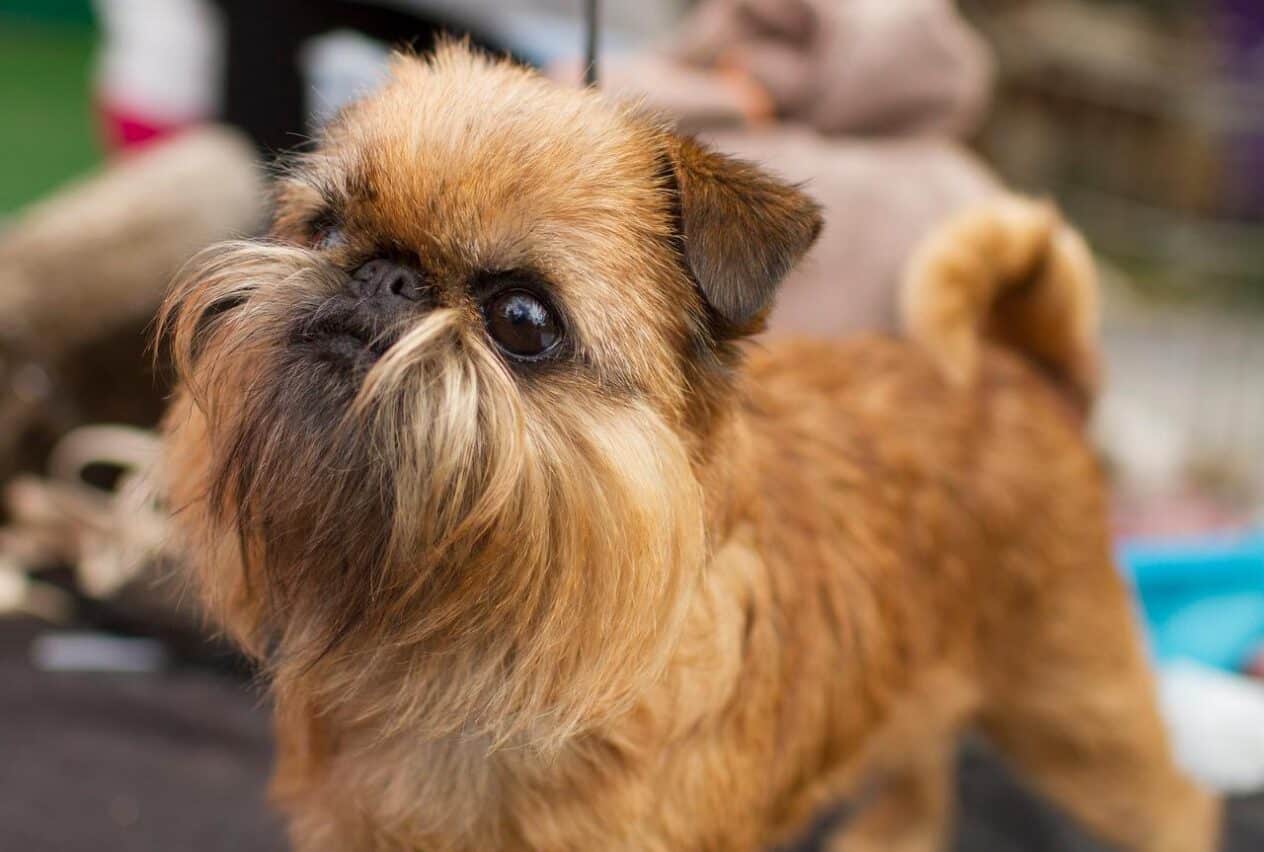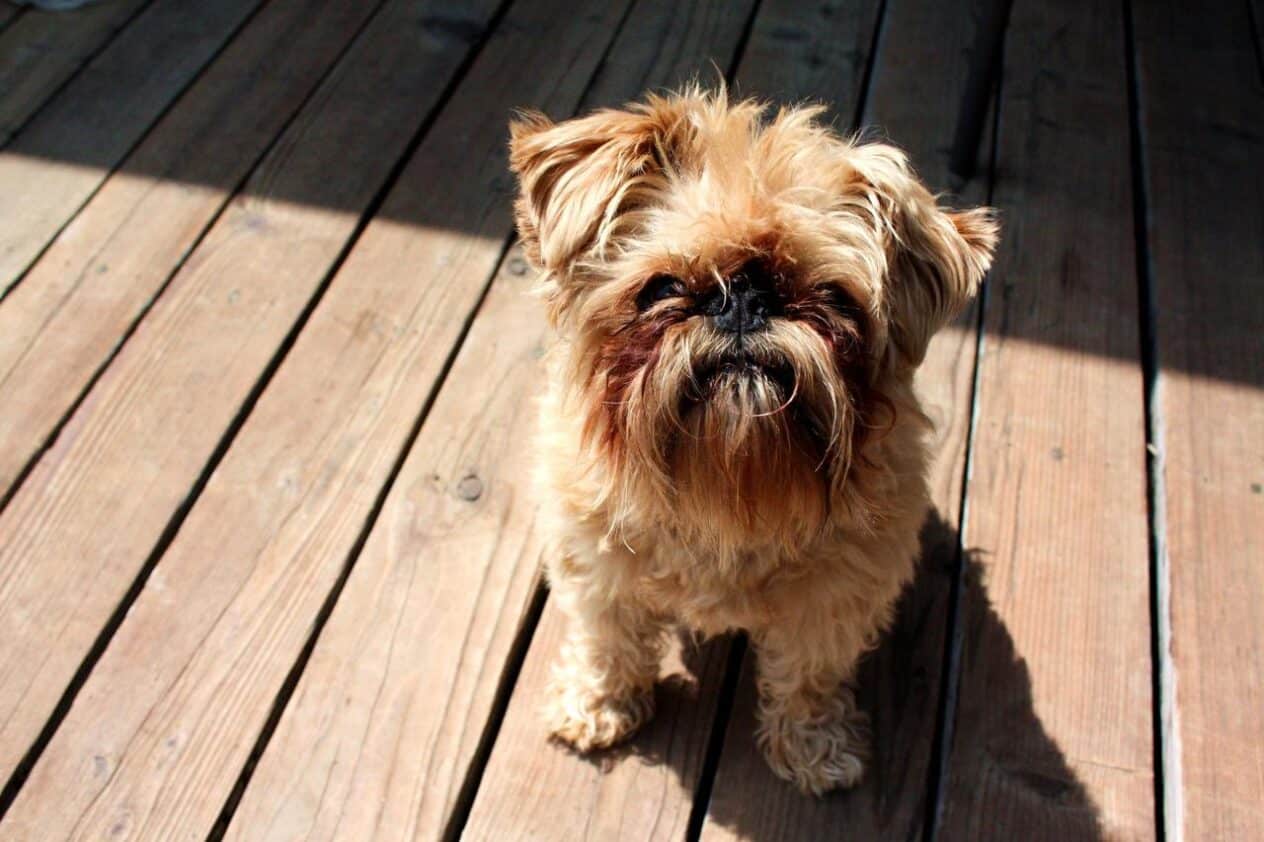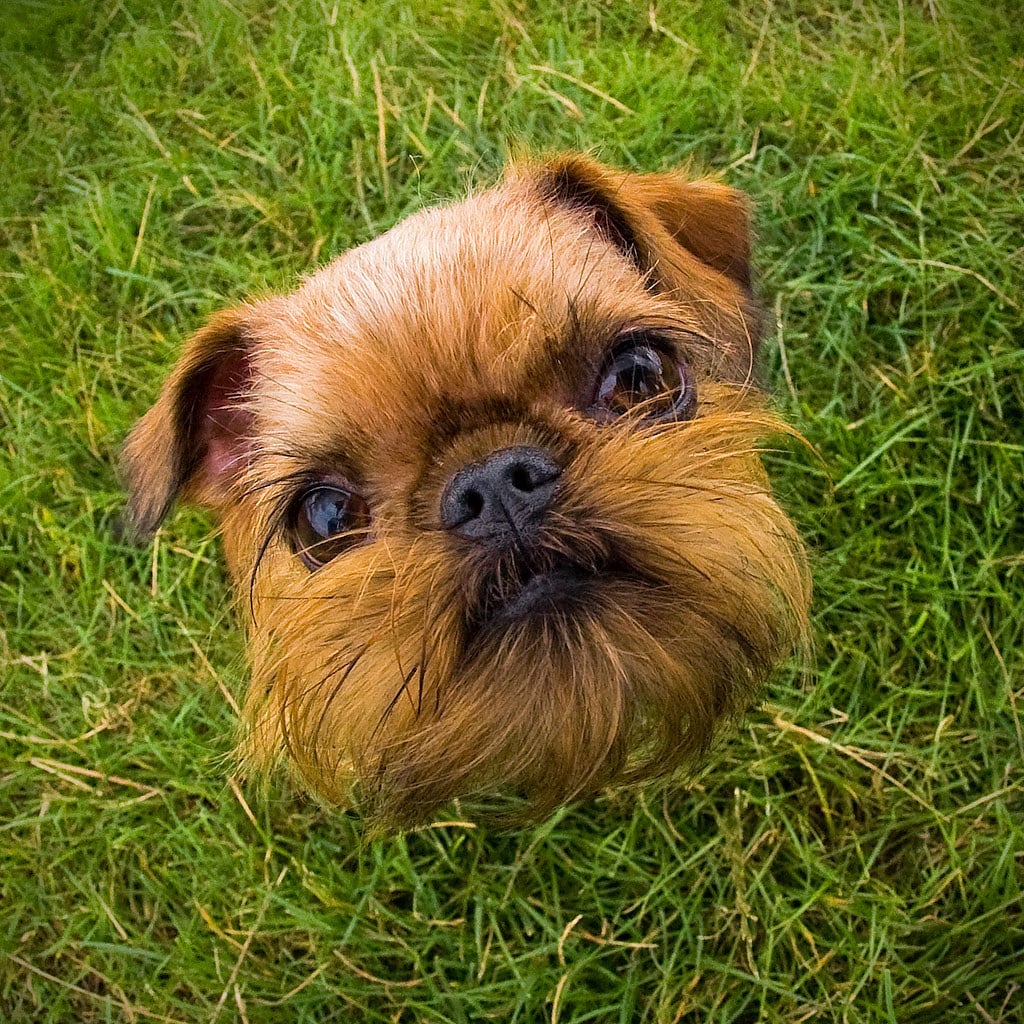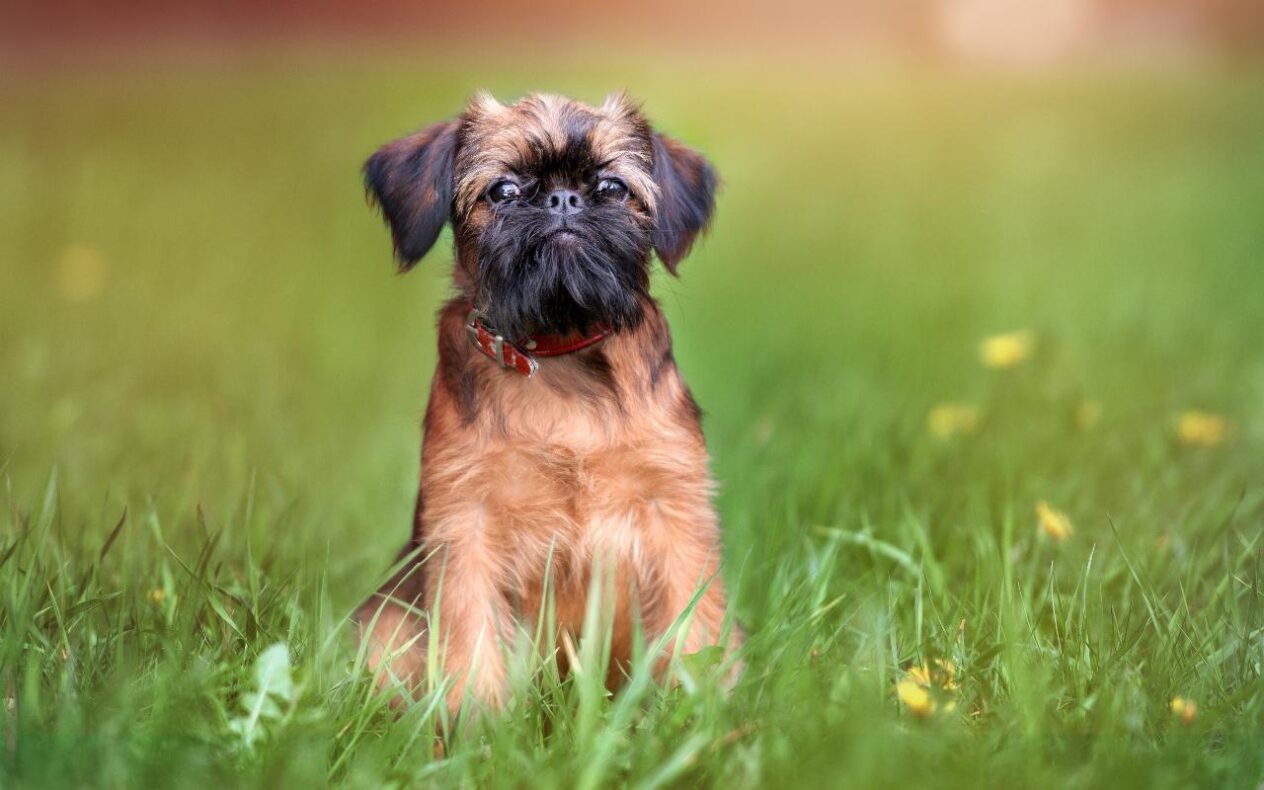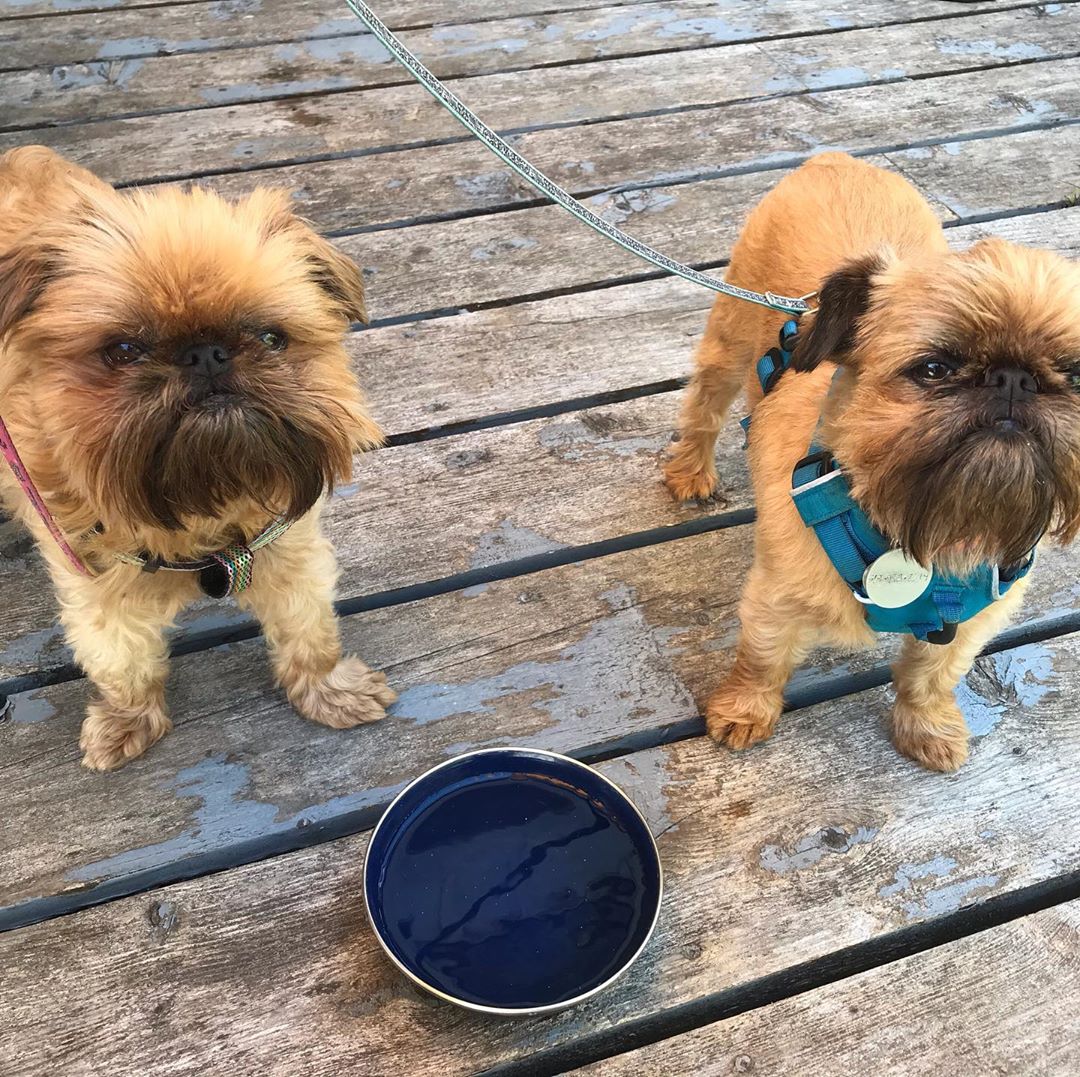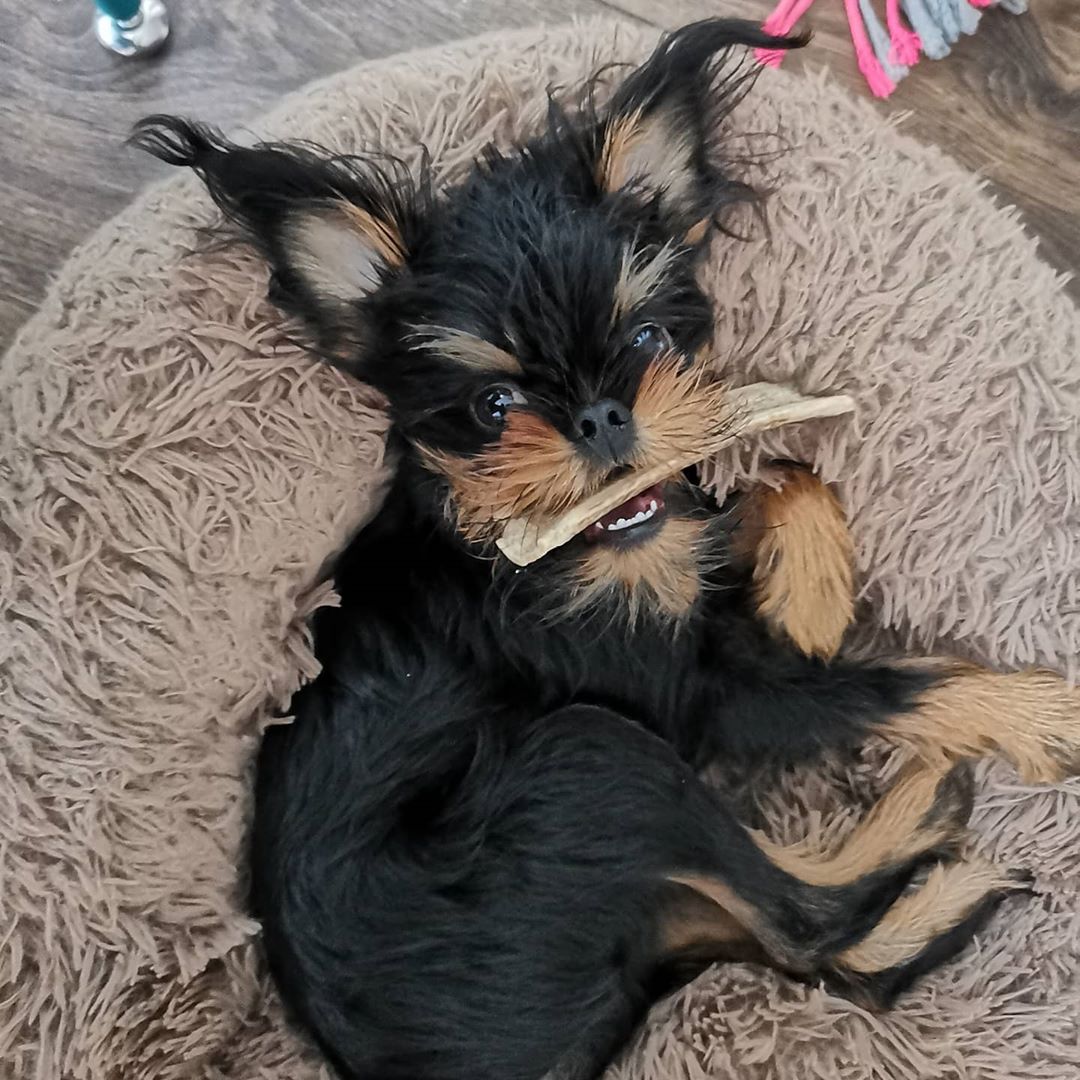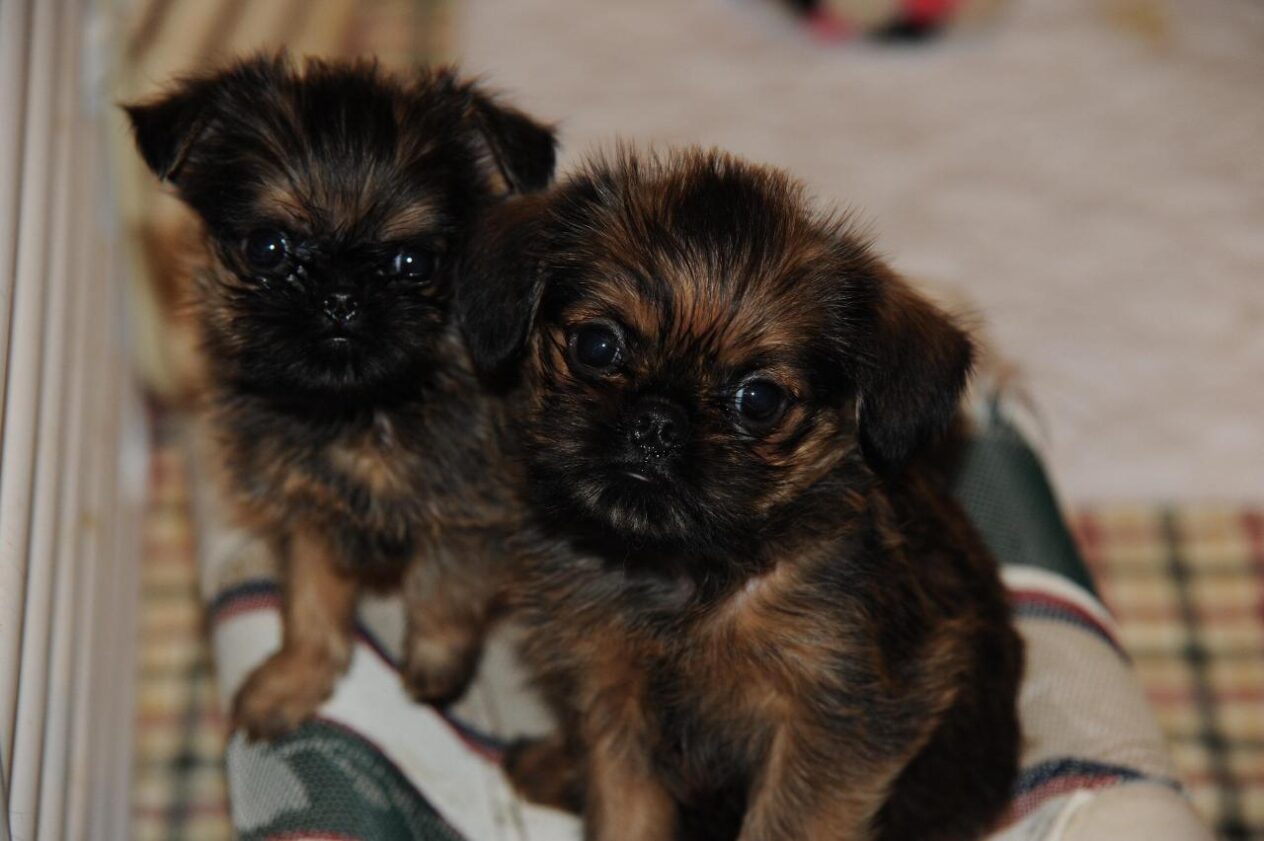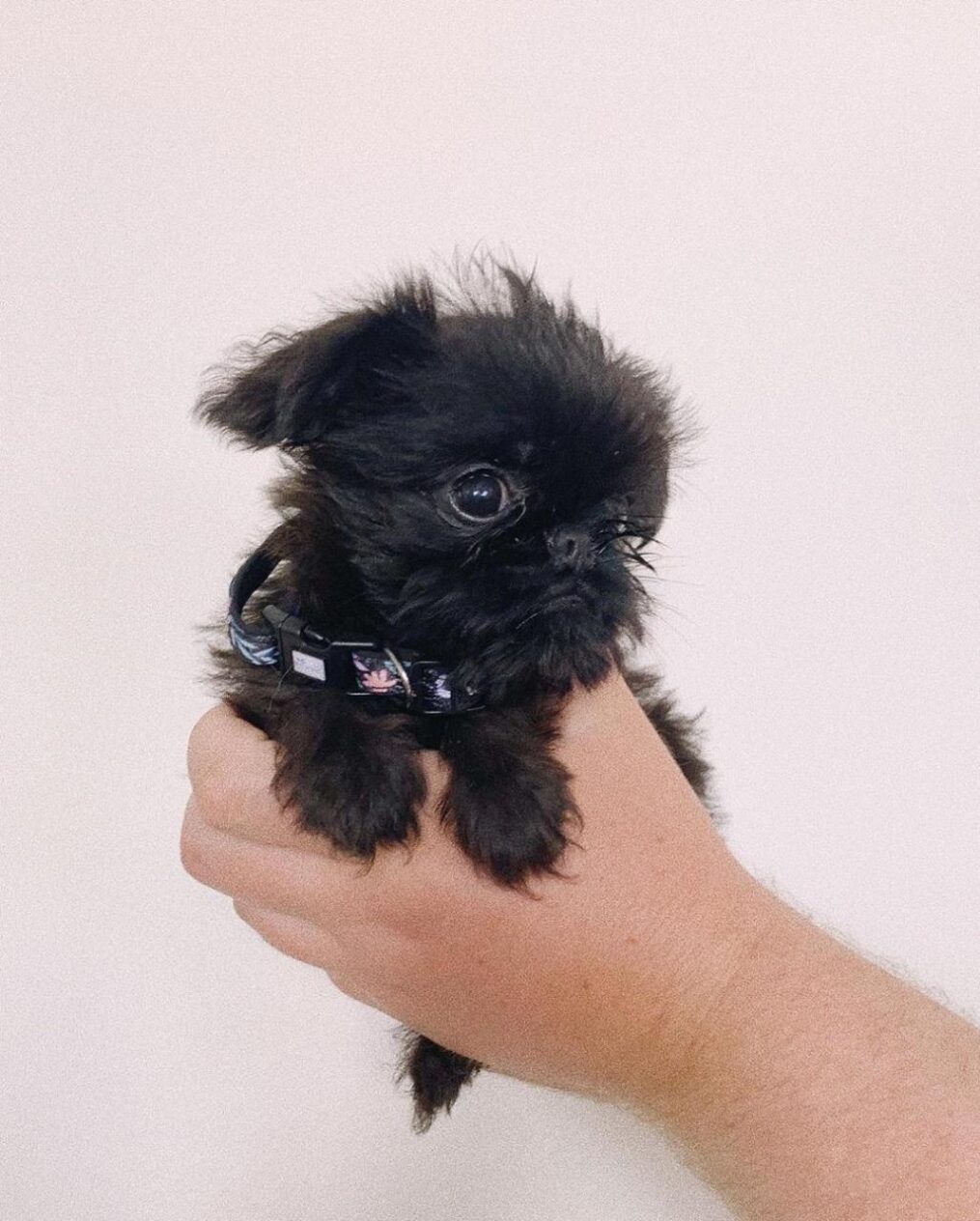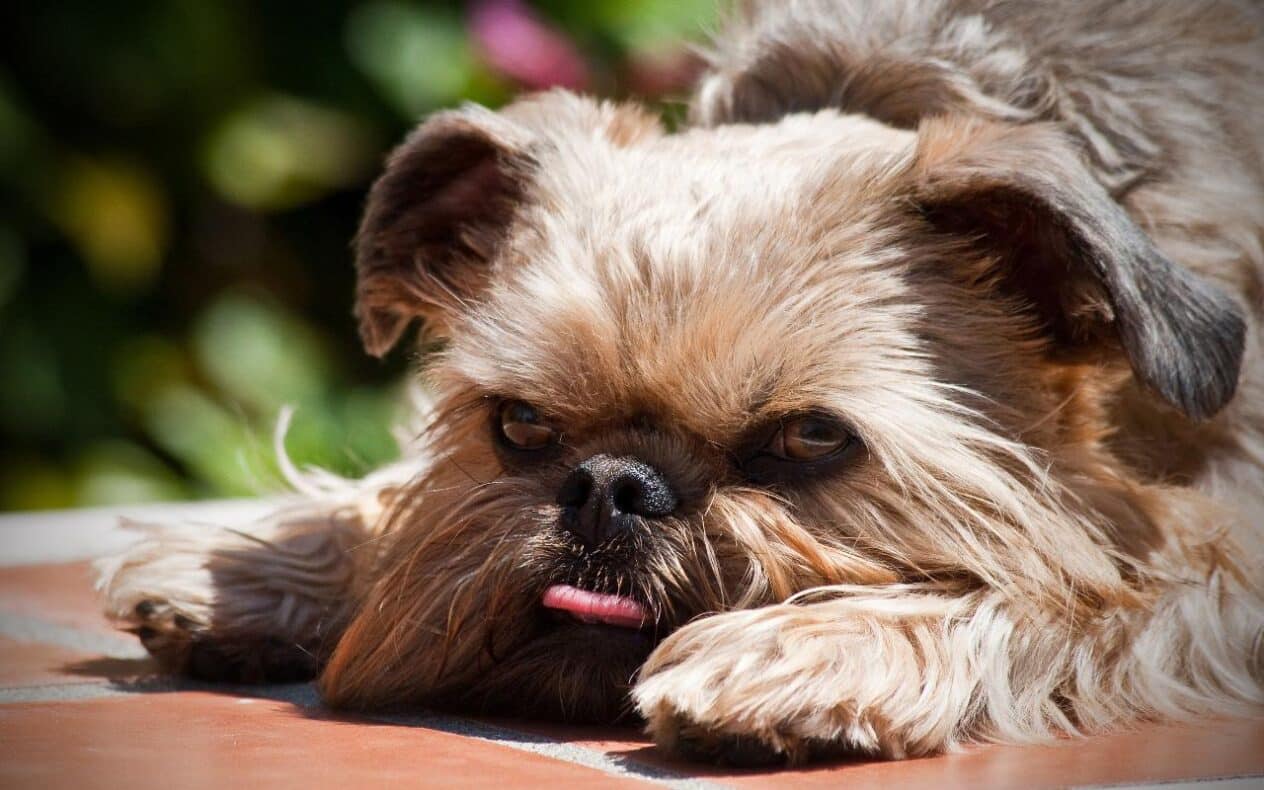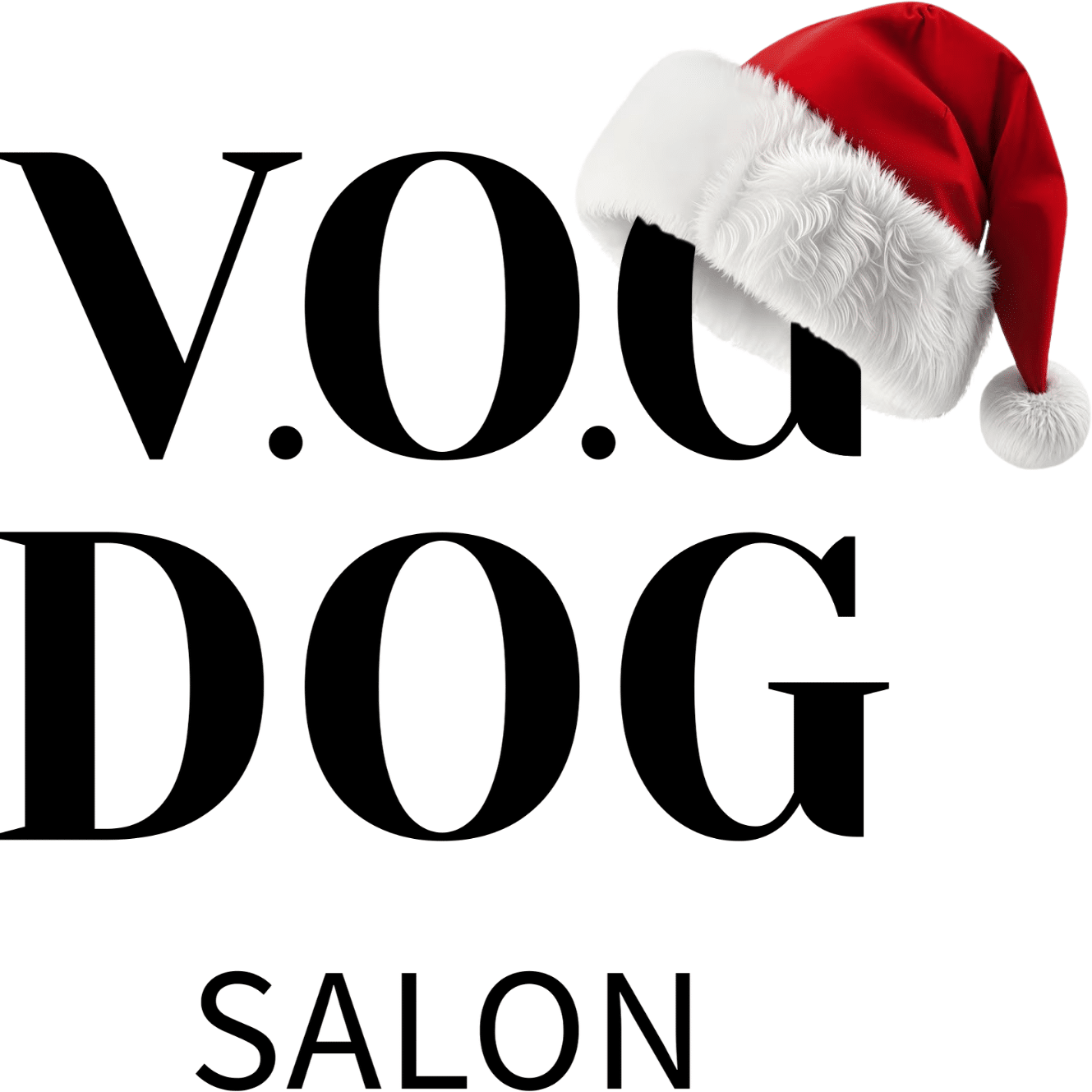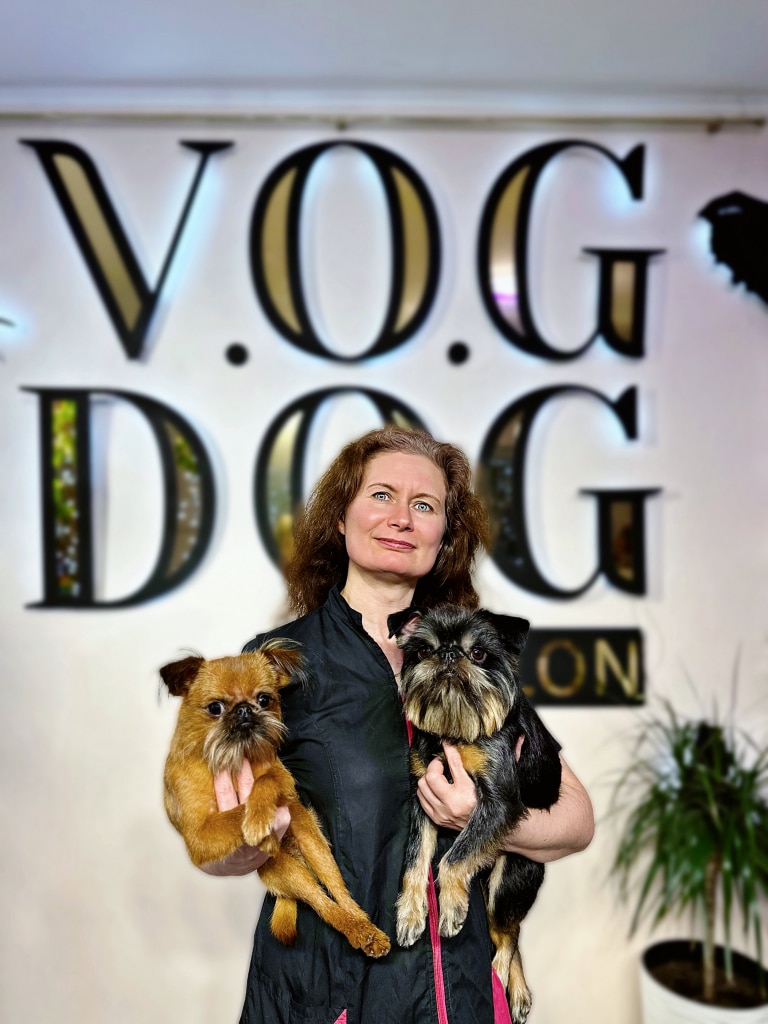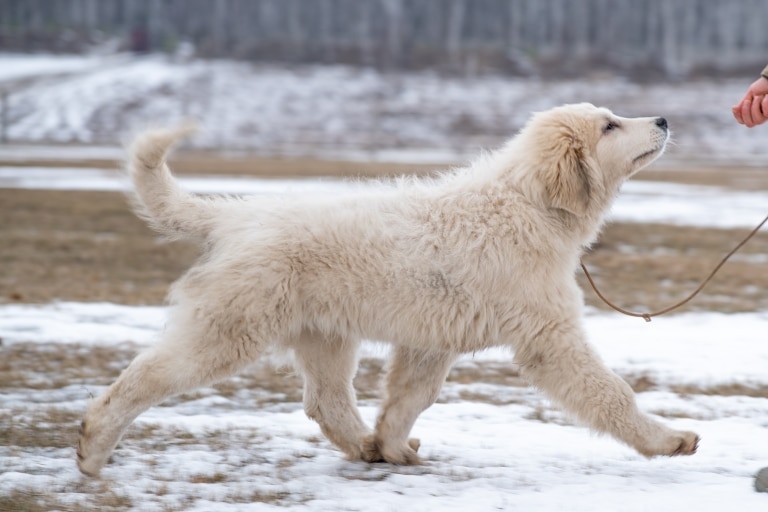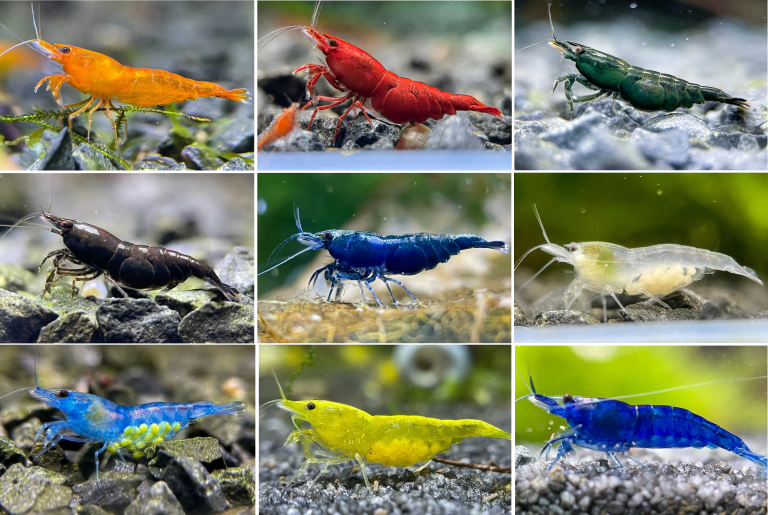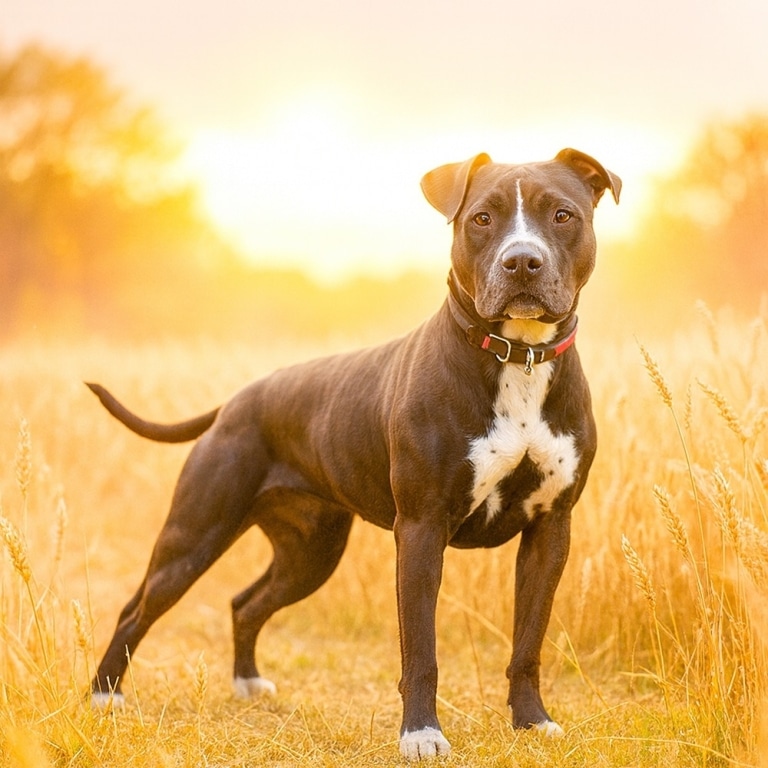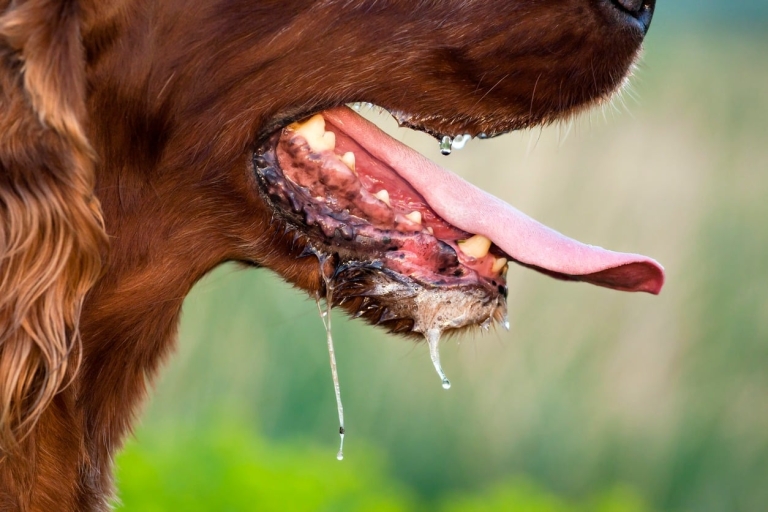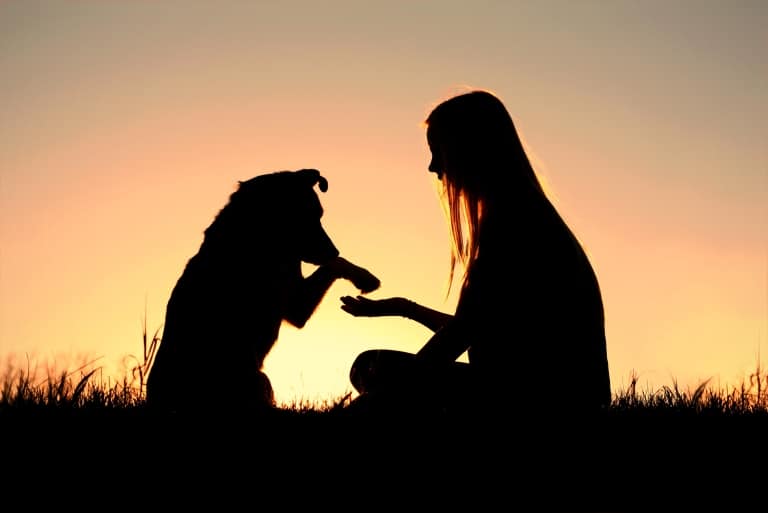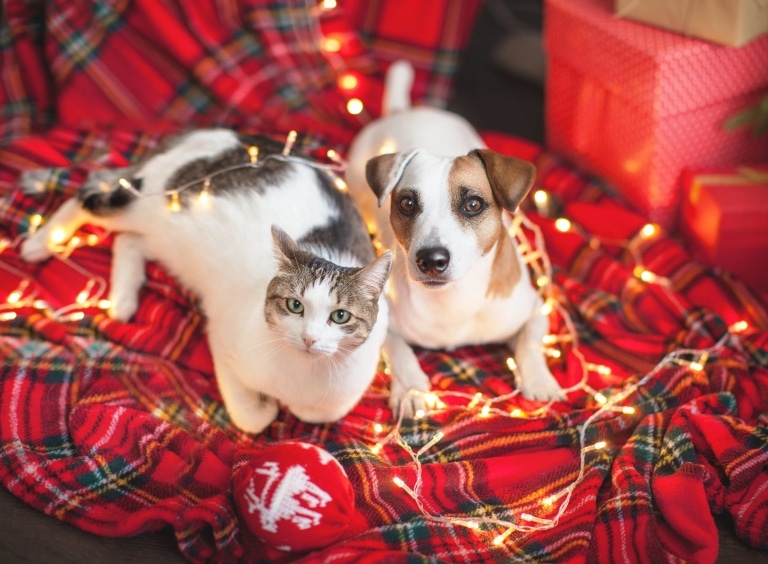On the streets of Kyiv, it is increasingly possible to see people spending their time with griffon dogs. A few decades ago, few people in Ukraine had heard of these dogs, but now grooming salons already have the knowledge and skills to help griffon owners take care of them. So today we will look into the world of griffins and tell you everything you need to know.
Where and how did griffins appear?
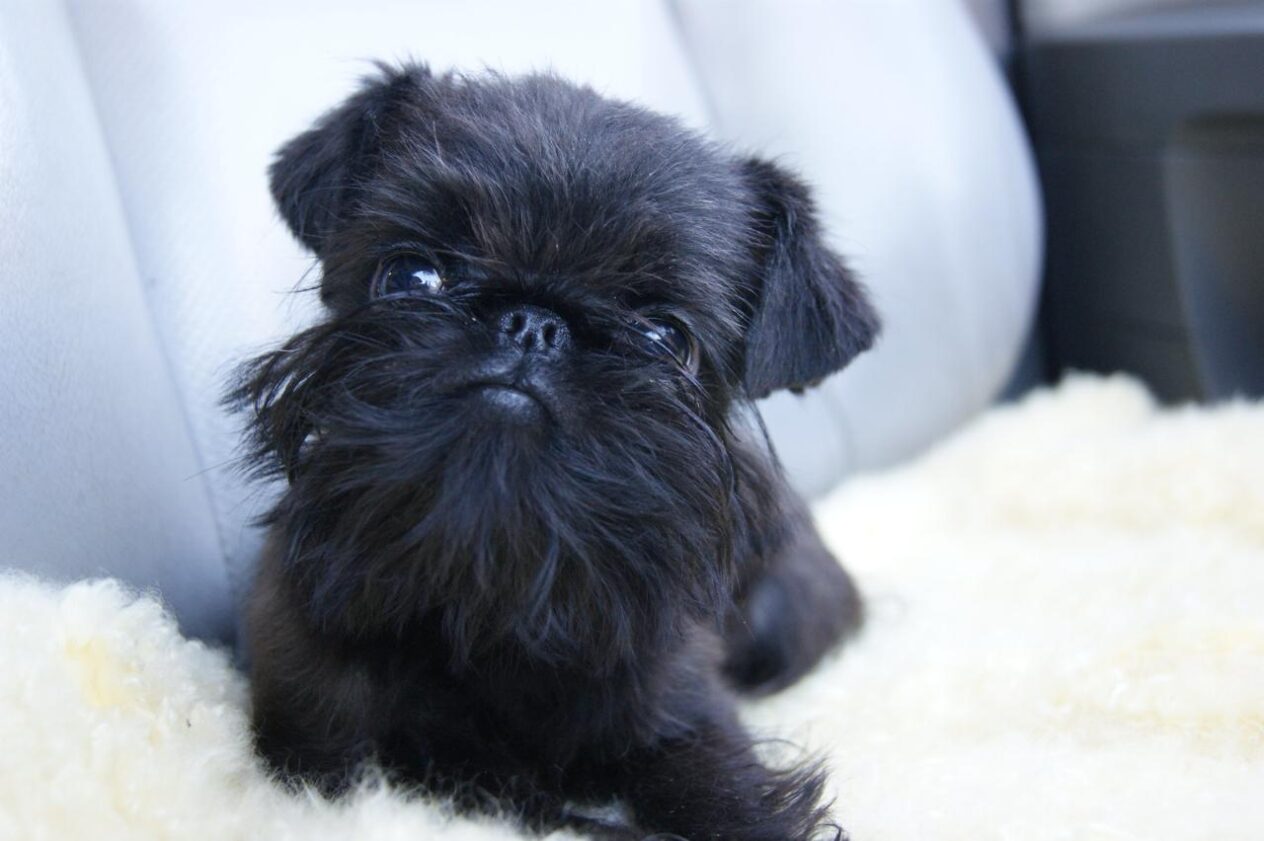
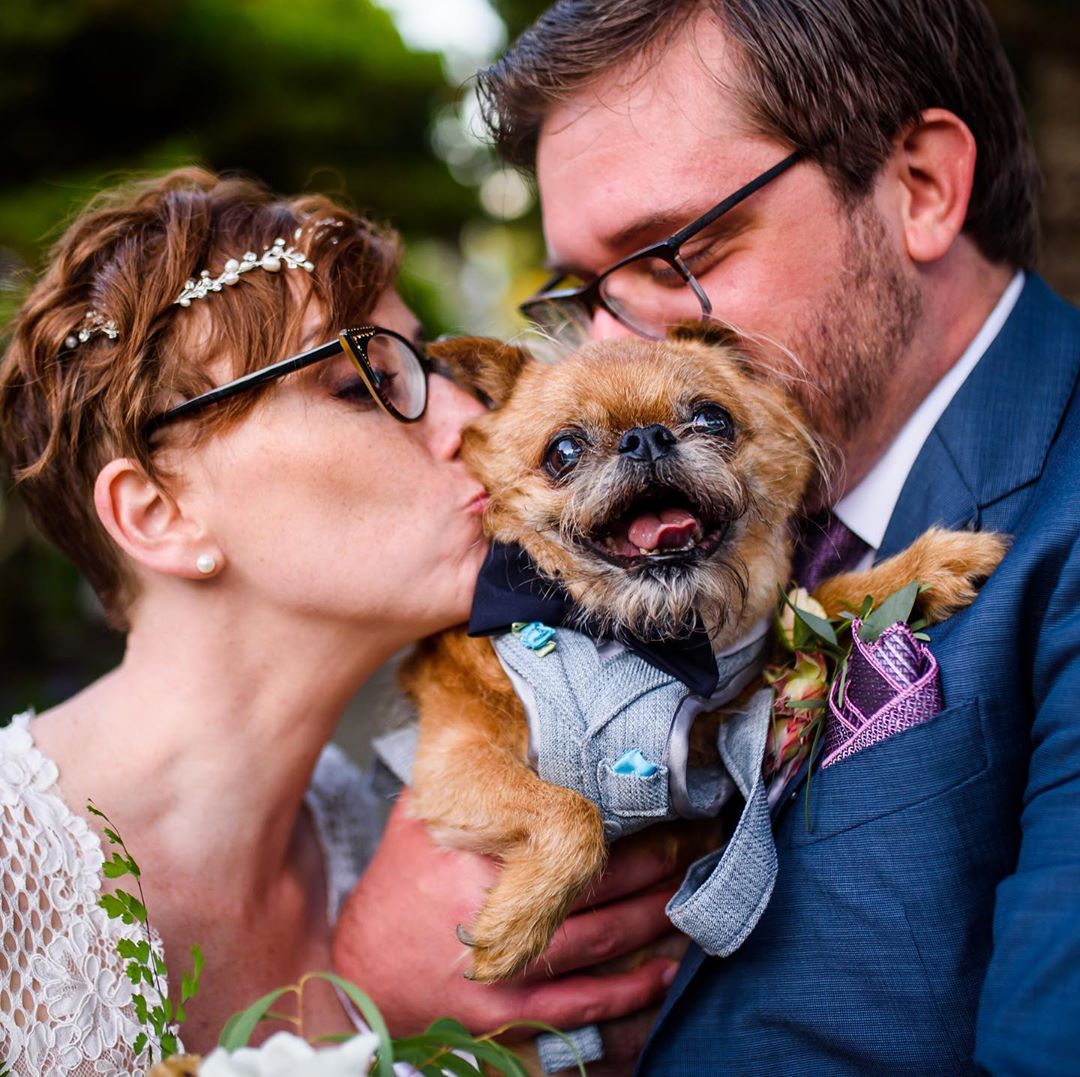
It is known that these dogs take their medicine from Belgium in the 17th century. They were bred by crossing Affenpinschers, pugs and several local Belgian breeds, which was aimed at improving the appearance and working qualities of the dogs. In particular, griffins got their characteristic flat faces from pugs, and from Affenpinschers – hard wool and a certain similarity in appearance. This influenced the name of the breed: the French word “griffon” means “stiff-haired”. So new dogs were used to catch rodents in stables and houses. This was very important, because the owners could save food supplies and keep the premises clean.
In the 19th century, griffins became especially popular among the aristocracy and the bourgeoisie. These small dogs were often depicted in paintings and were favorites of royalty. In particular, Queen Henrietta Maria of Belgium was fond of griffins.
In the 20th century, the breed received official recognition from many canine organizations, including the American Kennel Club and the International Kennel Federation. Griffins became popular not only in Europe, but also in other parts of the world.
What do griffins look like?
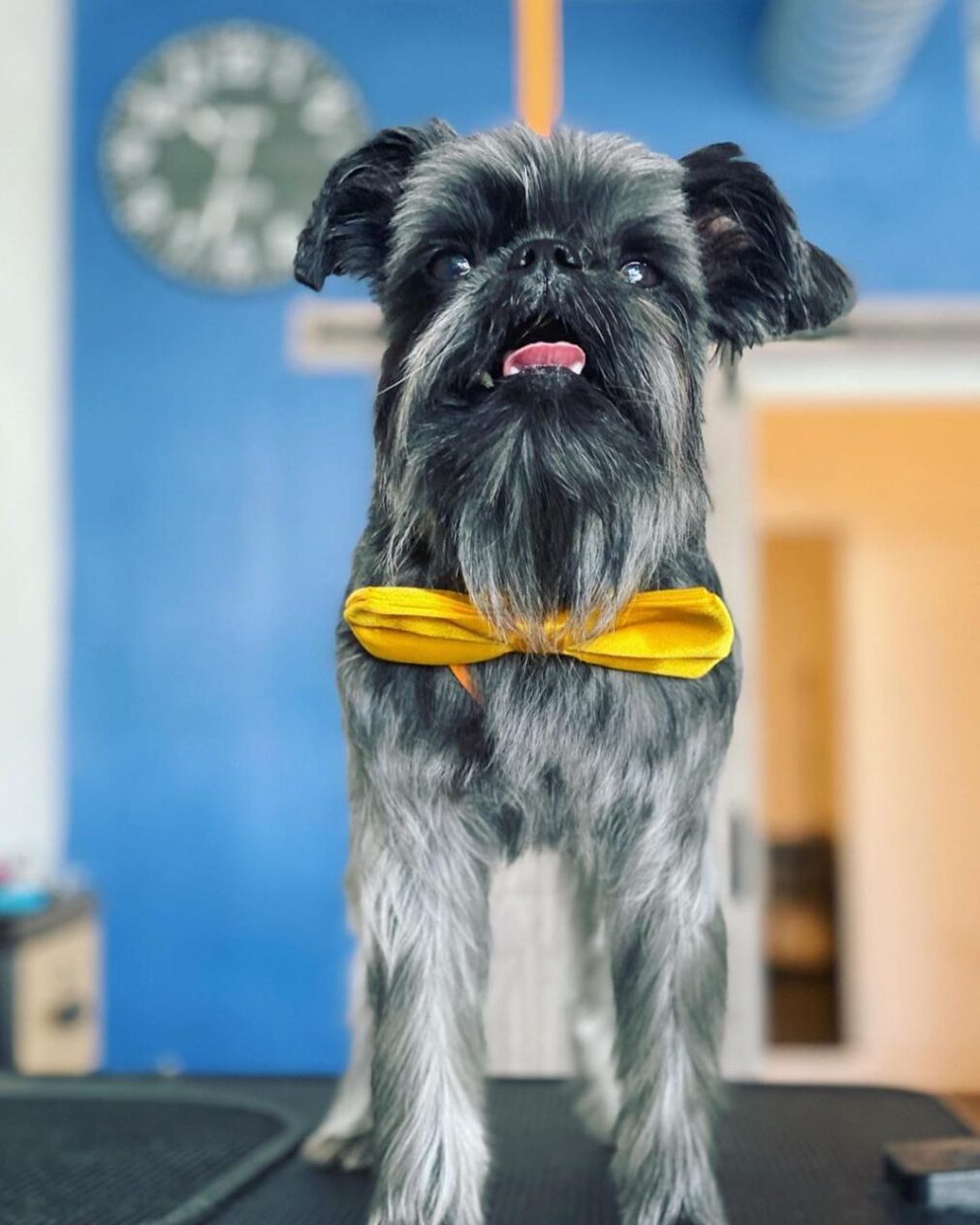
Griffins are small dogs, the weight of which usually does not exceed 5 kg, and the height at the withers is 18-20 cm. Despite their small size, they have well-developed muscles and a strong body structure. Their feature is a round head with expressive eyes and a flat muzzle. Ears can be erect or semi-erect, depending on the breed standard and the owner’s preferences.
Gryphon fur can be of two types – hard and short. Depending on the type of wool and color, there are three types of griffins:
- Brussels griffon. The dog has a rough, stiff coat and a characteristic red or red-black color.
- Belgian griffon. The dog has the same coat as the Brussels Griffon, but the color will be black or black with tan.
- Brabant griffin. The dog has a short smooth coat with black, black with tan or red color.
What are they, griffins?

Griffins are extremely loyal and friendly dogs. They always strive to be close to their family, ready to accompany them in all matters, to protect them. They get along great with children and other pets, but can be a bit jealous of their owner’s attention.
They are also brave and energetic, they need regular exercise and mental stimulation. Griffins learn quickly and can successfully participate in various dog sports. Even so, they can be stubborn, especially if they don’t get what they want, so training should be consistent and with positive reinforcement.
It should be noted that griffons can be quite loud, especially if they feel threatened or disturbed. It is important to teach them proper behavior from an early age to avoid this.
The most common health problems of griffins:
- Griffins belong to brachycephalic breeds, that is, they have a short and flat muzzle. This makes them very cute, but makes breathing difficult, especially in hot weather or during exercise.
- The large expressive eyes of griffins are prone to various diseases, such as cataracts, progressive retinal atrophy, etc.
- Because of their small jaw size, griffons are prone to dental problems, including tartar, tooth decay, and gum disease.
- Dogs can also suffer from joint problems, including hip dysplasia.
Annual examinations will help identify potential problems in the early stages and ensure timely treatment.
Grooming for griffins
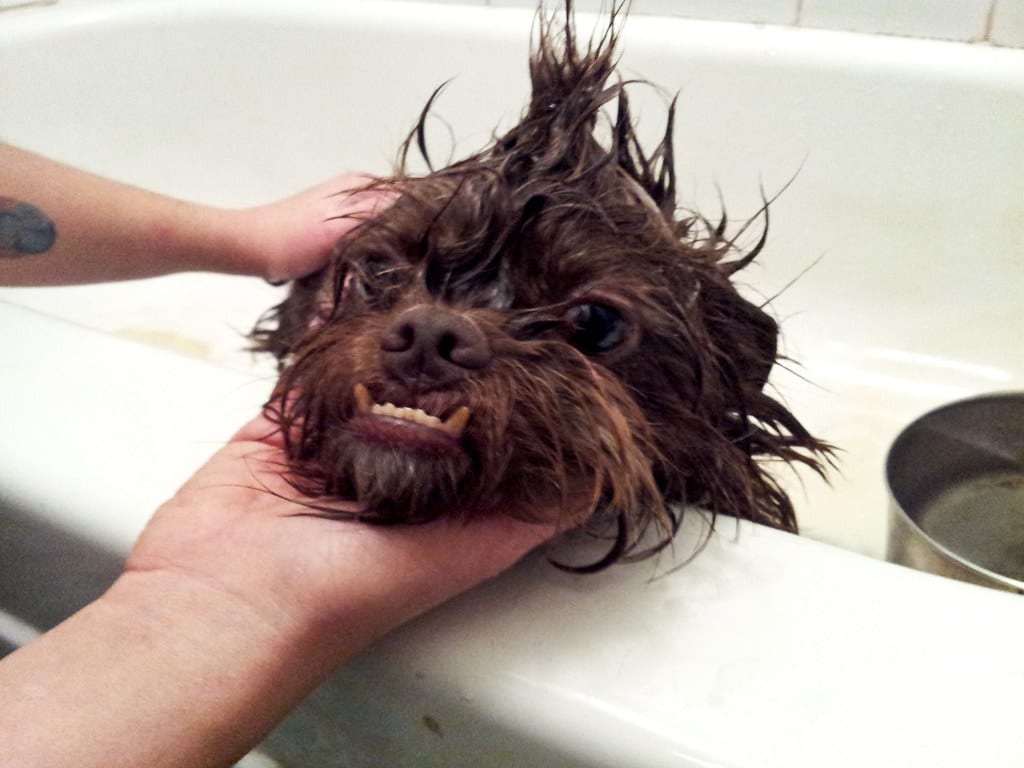
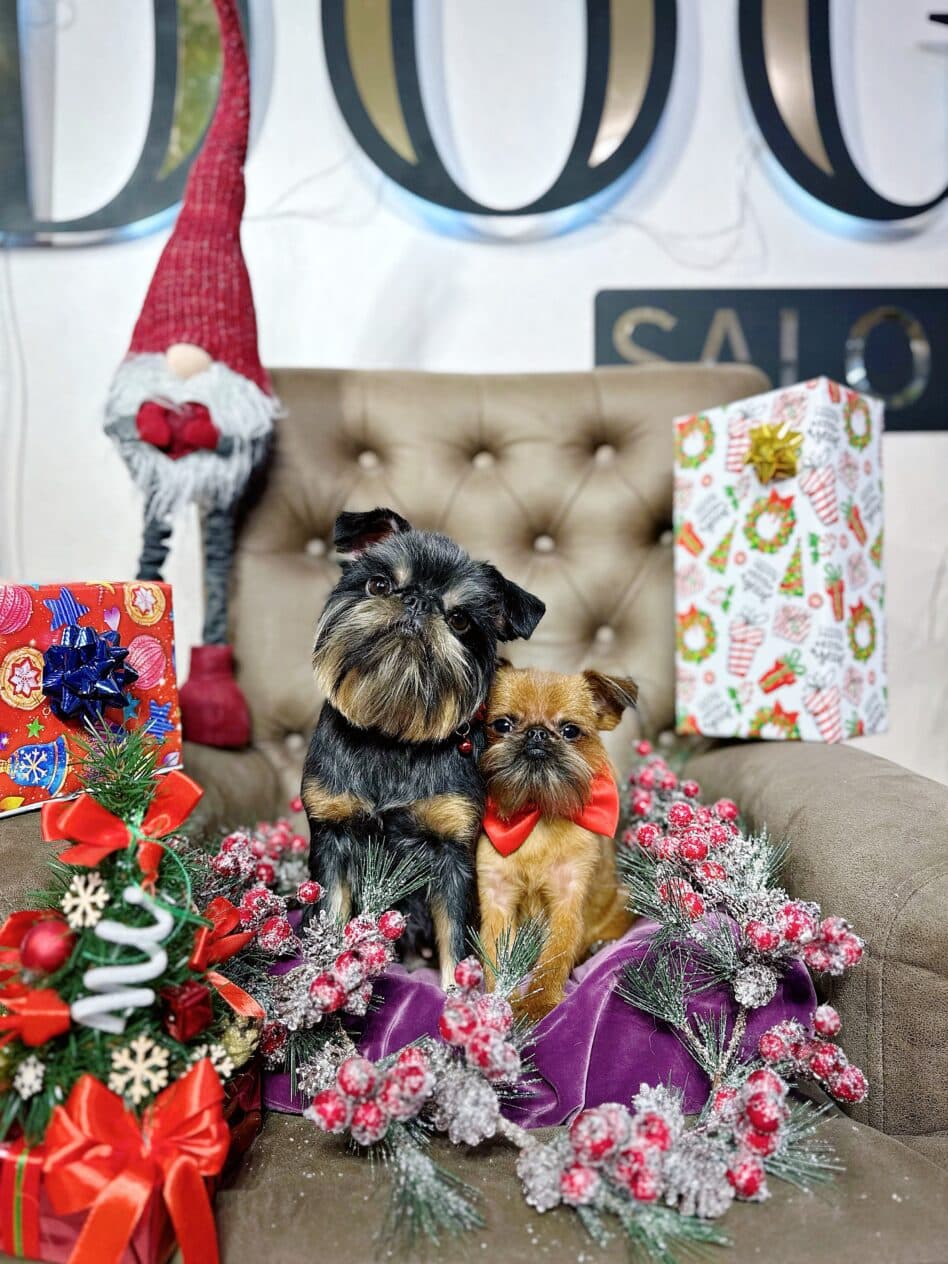
Caring for a griffin depends on the type of coat. Hard-coated griffons (Brussels and Belgian griffons) need to be trimmed regularly to keep their coat in good condition, which means pulling out dead hair by hand or using special tools. Trimming is recommended approximately every 8-12 weeks. This will help to maintain the texture of the coat and prevent the formation of ruffs. Short-haired griffins are easy enough to comb 2-3 times a week.
All other procedures for any griffin are identical:
- Bathing once a month or as needed. Avoid getting water in your ears while bathing.
- Thorough drying of wool with a towel and hair dryer.
- Pay special attention to the hygiene of the eyes and skin folds on the face to avoid infections.
- Inspect the ears every week and, if necessary, clean them with a cotton pad dipped in a special lotion.
- Regular brushing with a dog brush and toothpaste to prevent tartar and gum disease. Regular examinations at the veterinarian and annual ultrasound cleaning will help monitor the condition of the teeth of your faithful friend.
- Trimming the claws once every 2-3 weeks with special scissors to avoid delamination of the claws and any tears. If you are not sure how to properly trim the nails, consult a veterinarian or groomer.
Haircut of griffins
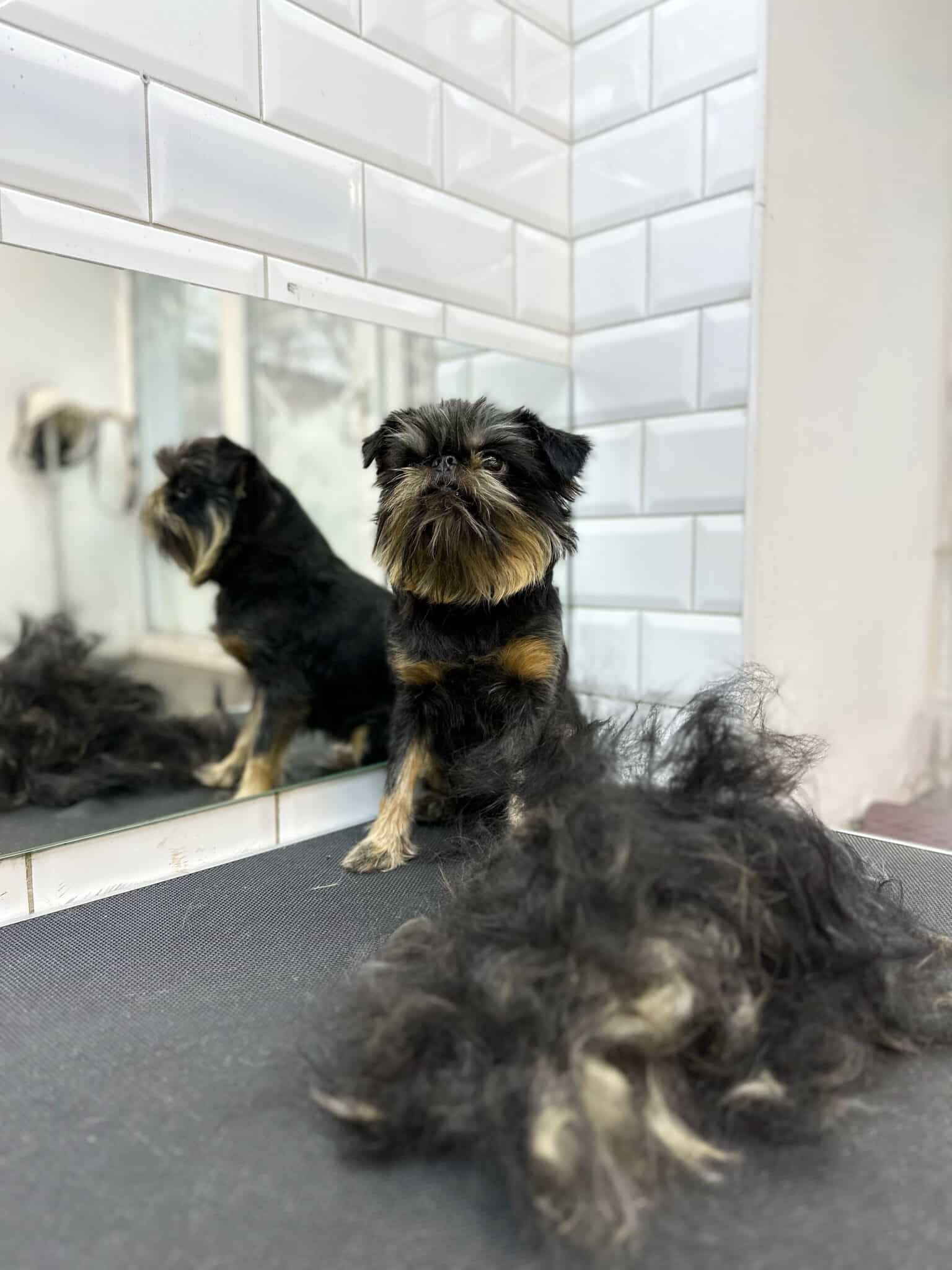
Separately, it should be noted about the haircut of griffins. If you are not ready to spend time and money on trimming, and your loyal friend suffers from ringworm, a haircut can solve your problem. However, it should be taken into account that after the haircut, the griffon coat will change and lose its stiffness. If, during trimming, the groomer removes the dead hair, leaving a layer of mature bristly hair, the griffin will continue to be hard-haired, and the hair will perform its protective function. In the case of shearing, all the wool is cut to the same length and, thus, the bristles together with the undercoat are at the same level. The undercoat grows much faster than the bristles, so after shearing, the wool will be soft, get tangled and dirty more quickly. It is quite difficult to restore the hard coat after a haircut, because it is impossible to predict how quickly the hard coat will grow back. So think carefully about the haircut decision before making an appointment at the animal salon for this procedure.
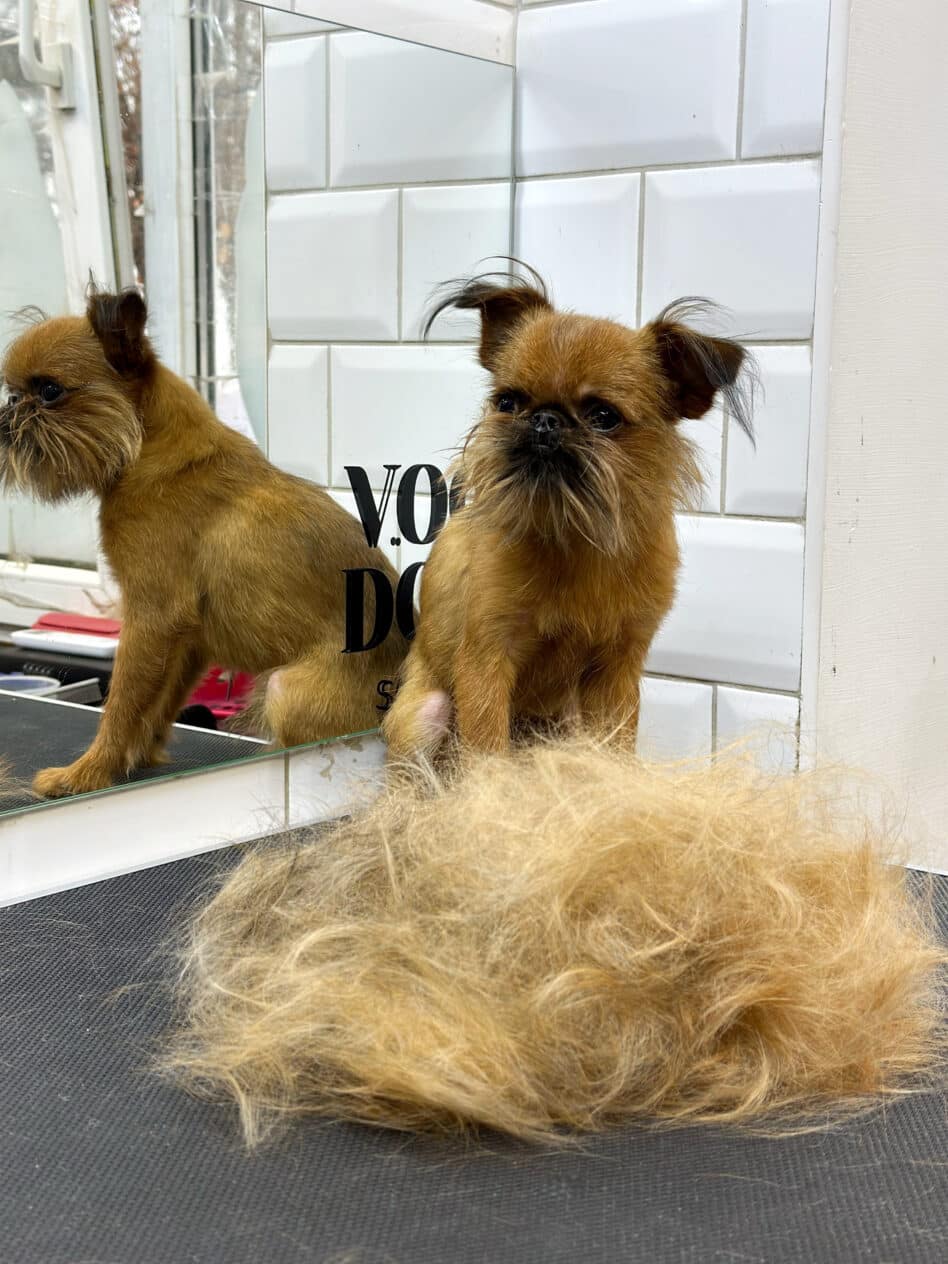
In the network of “V.O.G DOG” grooming salons, you can always book a griffon for the necessary procedures, purchase tools and cosmetics for home care, and also get advice on all the worrying issues. To register for the grooming of your griffon, click the button below the article.
